Beauty of Africa through a Chess Lens
There are many ways to describe the African continent. Some know it as the “Cradle of Civilization” and by others as the “Dark Continent.” Rest assured, this massive landmass has a complicated history, but its complexity may be softened by the sheer diversity and beauty. Each time I travel to Africa, I get a different perspective since there is so much to absorb.
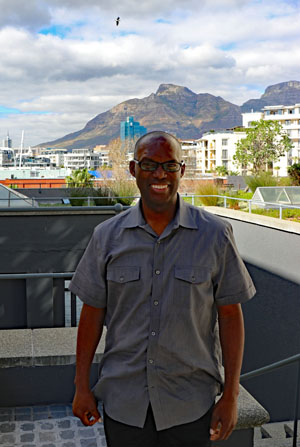
At the University of Cape Town in the Western Cape
My recent trip to Africa would cover five countries in two weeks. This may not seem like enough time to become immersed in the daily hustle and bustle. However, as you will see in the following photos, Africa’s biodiversity is vast and thus you don’t have to search far and wide to see it. It is truly a photographer’s haven. I marveled at the panoramic views worthy of a National Geographic photo spread. However, I was hoping to compete with their photographers.
The two-week trip was part of a faculty tour hosted by the Center for International Business, Education and Research (CIBER). Its purpose is to expose university faculty to the international business environments of different countries for instructional purposes. This trip was hosted by the University of South Carolina’s Darla Moore B-School. I was the only professor from Florida A&M University (FAMU).


South Africa
The initiative is funded by the Department of Education to further the internationalization of university curricula. This would be my 5th CIBER trip and 3rd (with the organization) to Africa. This would be my 4th trip to South Africa and 2nd with Michael Shealy. This time my group stayed in the Commodore Hotel which was within walking distance to the mall. I visited the area back in 2006, and not much had changed. I did find a very nice smoothie shop with an adjoining health food store.
All photos by Daaim Shabazz (unless otherwise stated)


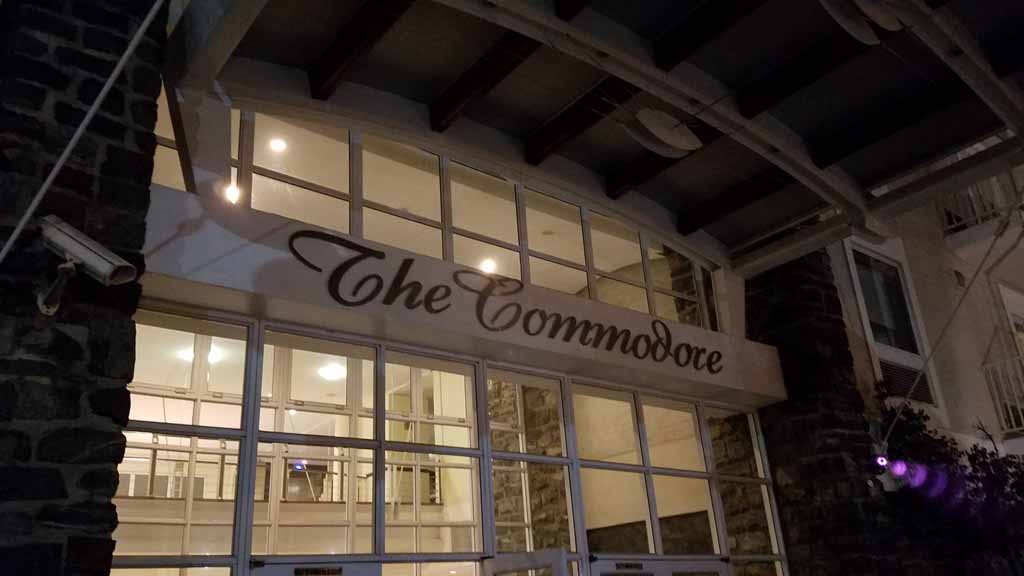

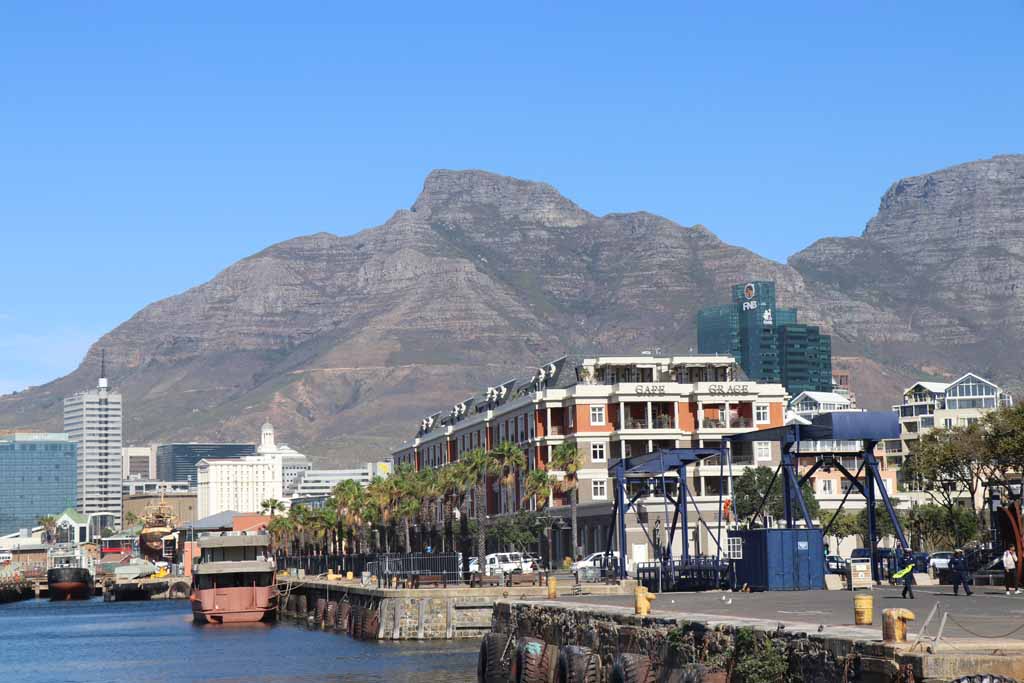

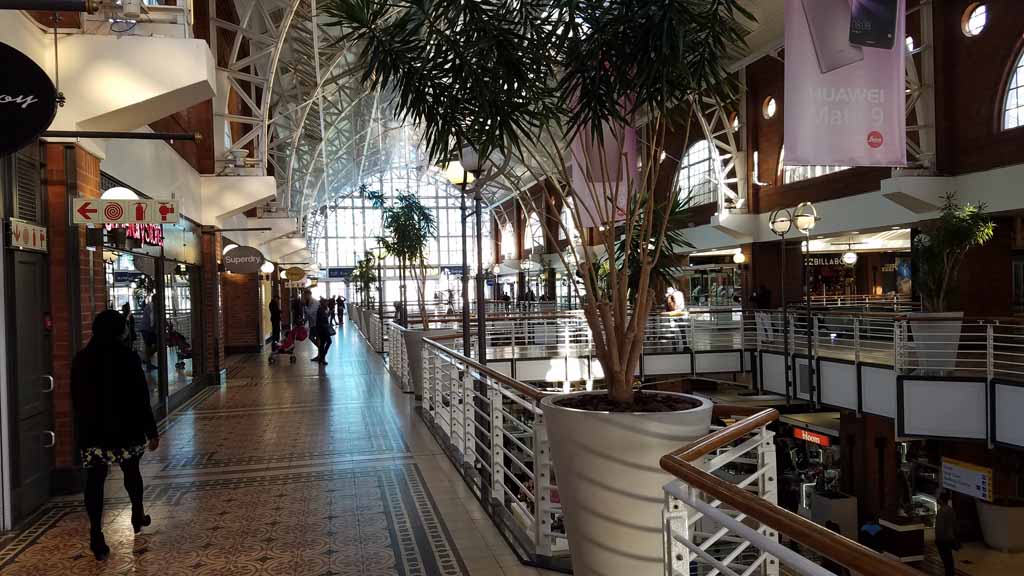

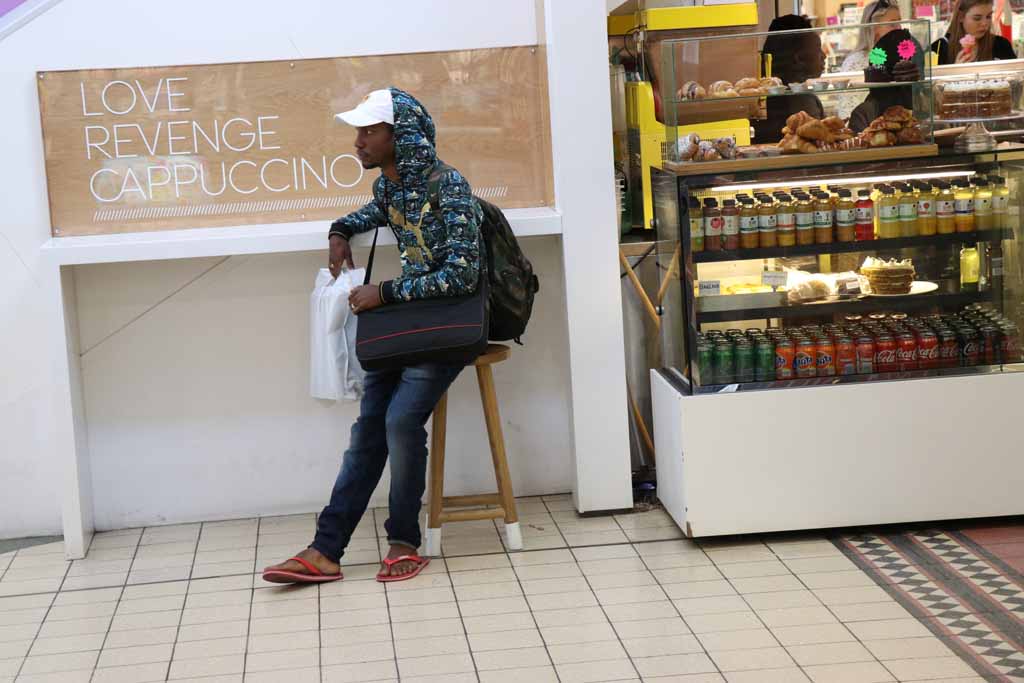



Arrival, Commodore Hotel, Waterfront area and mall, wellness health food store
Before my CIBER group got into our itinerary, I took a cab ride to Table Top Mountain. I missed going back in 2006, and my other two trips were to Johannesburg. This is a must see and here is what I saw…
…and breath-taking shots!
All photos by Daaim Shabazz (unless otherwise stated)
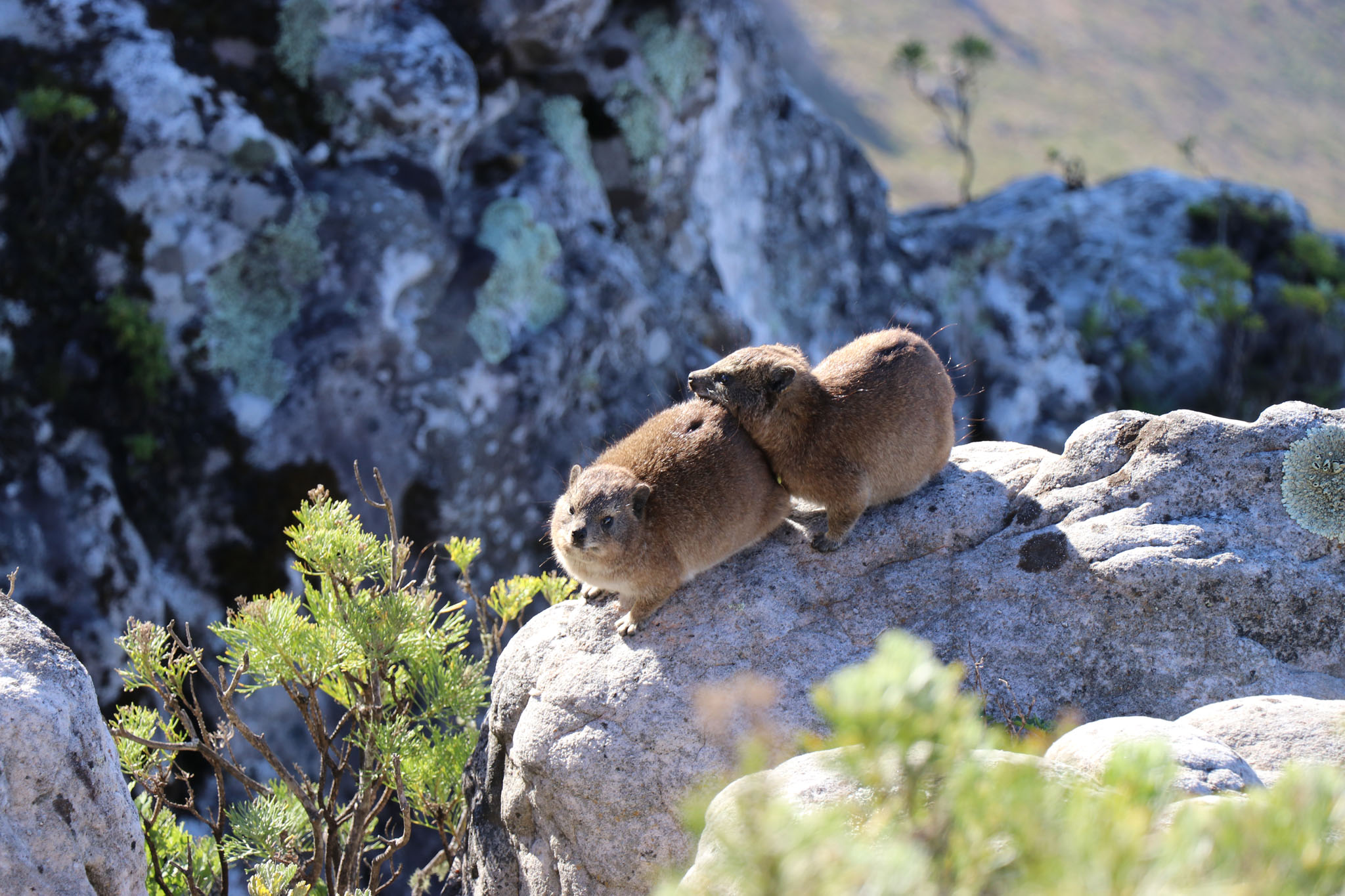

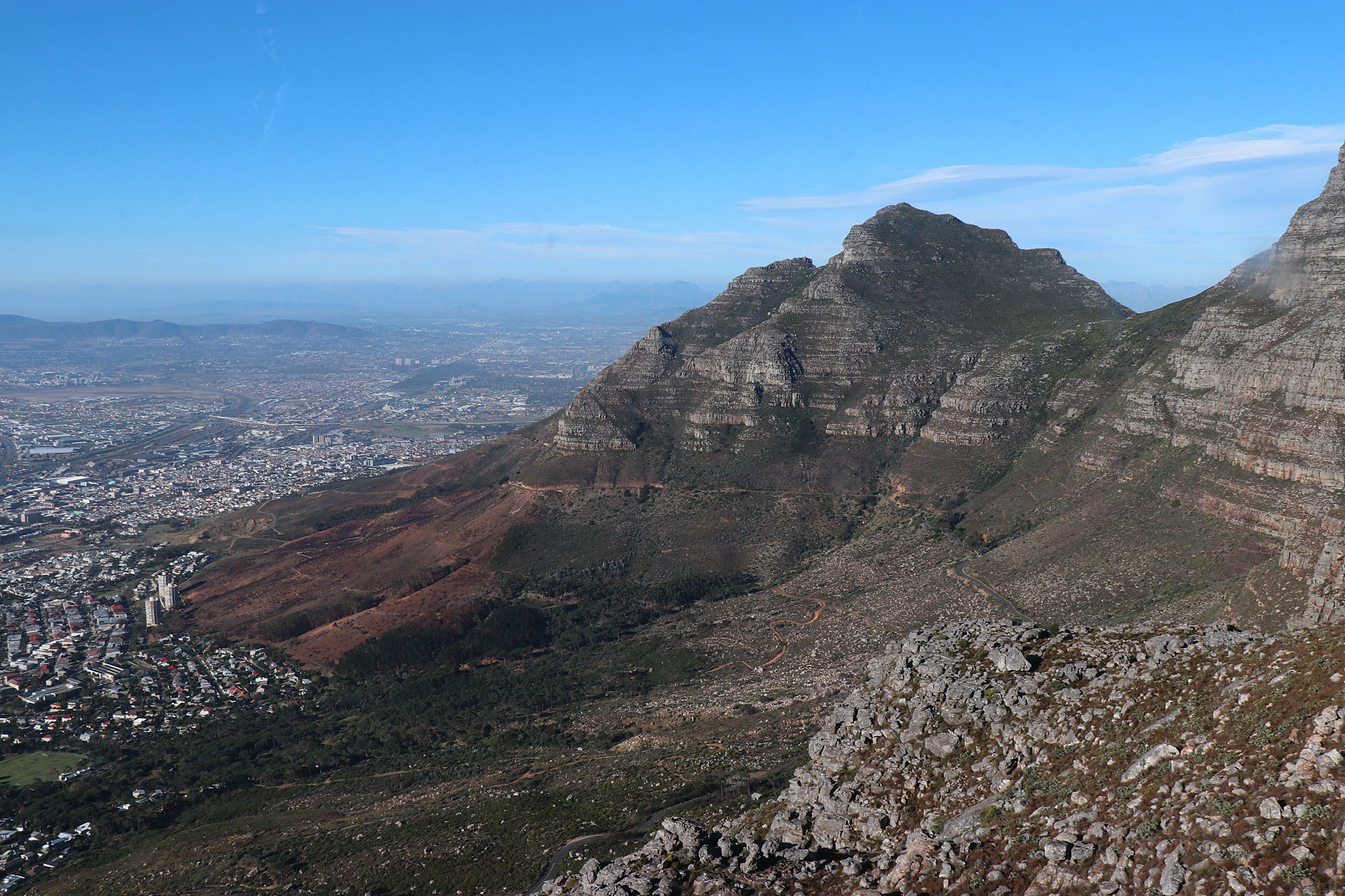

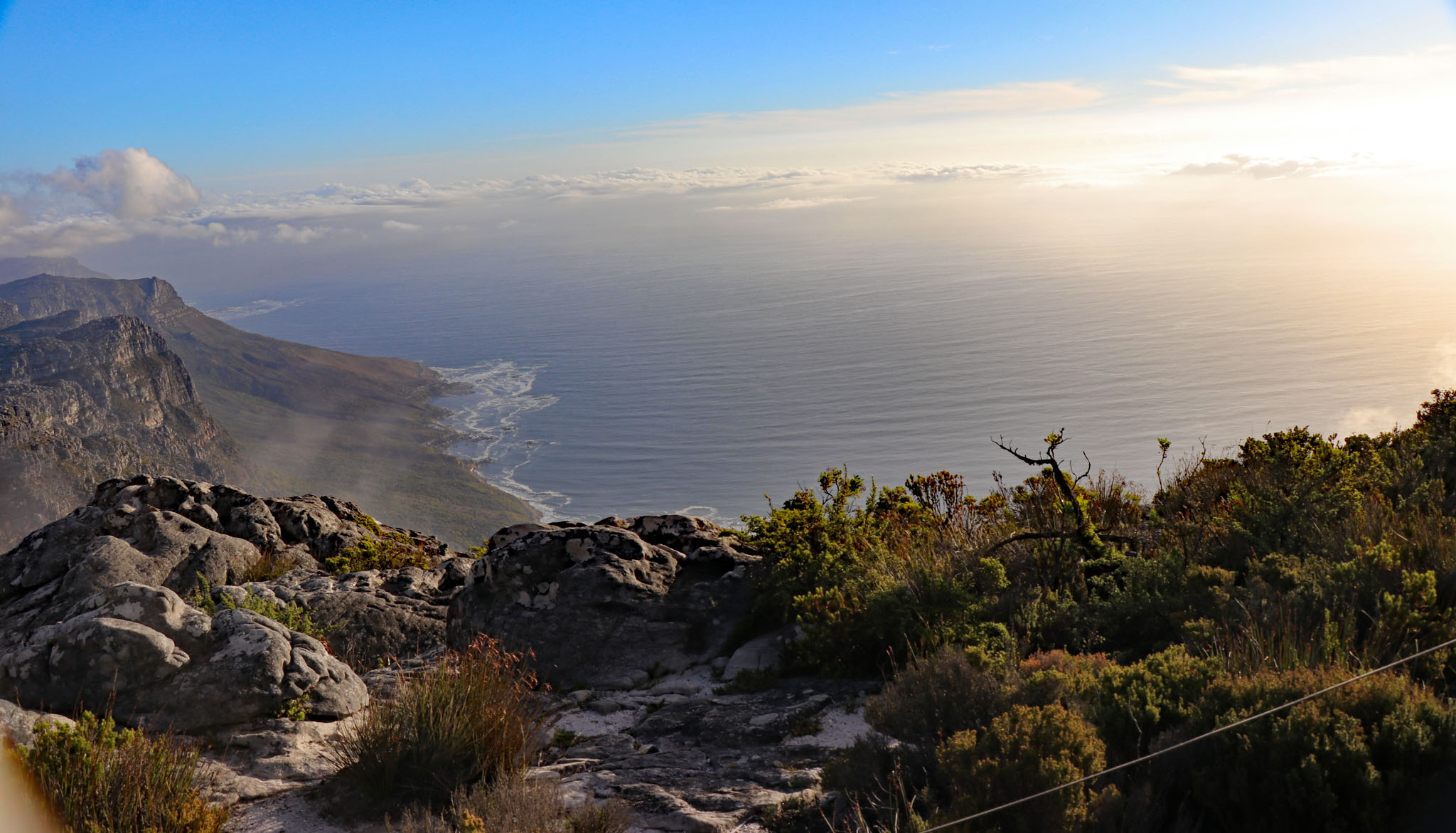

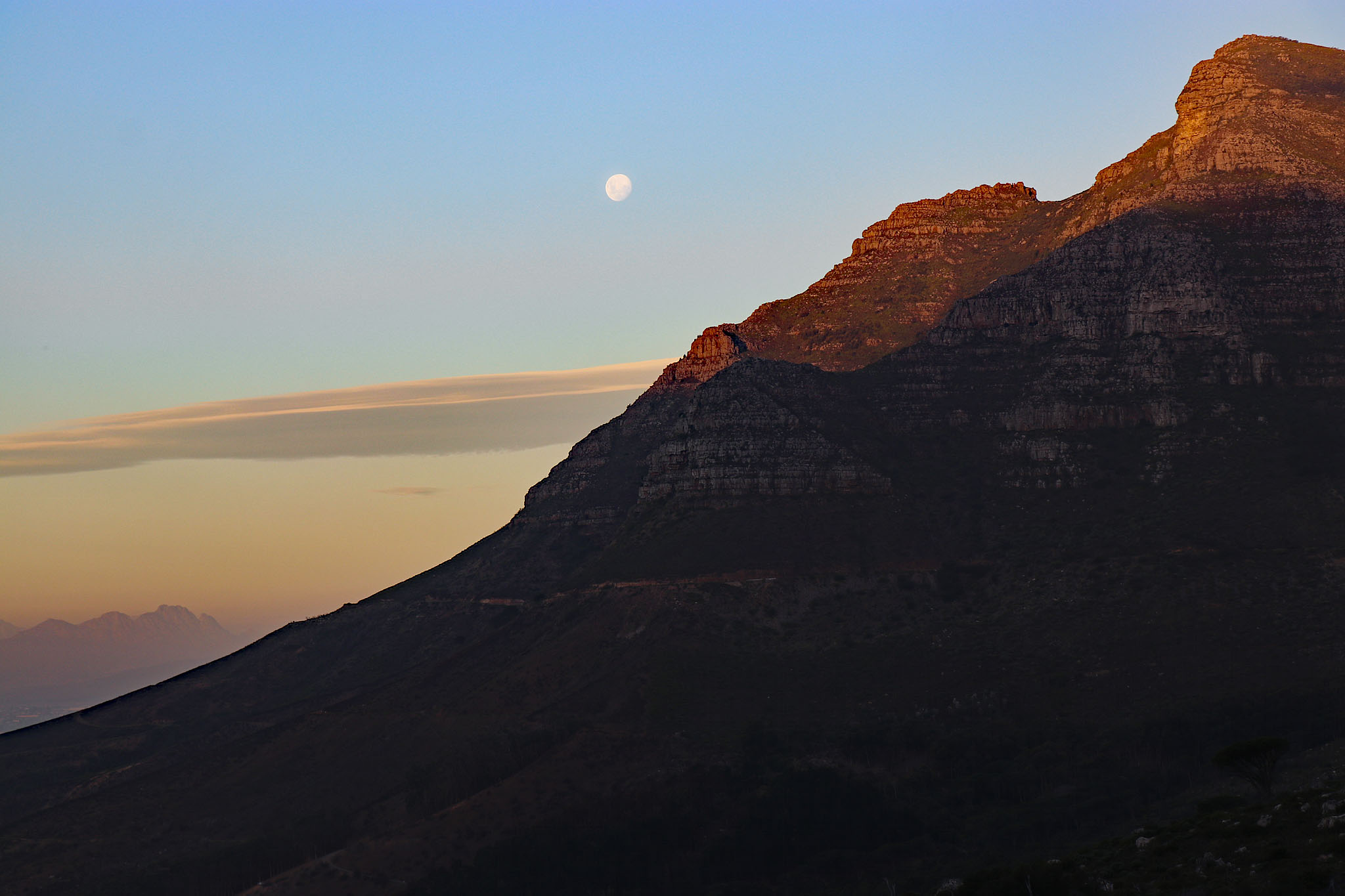

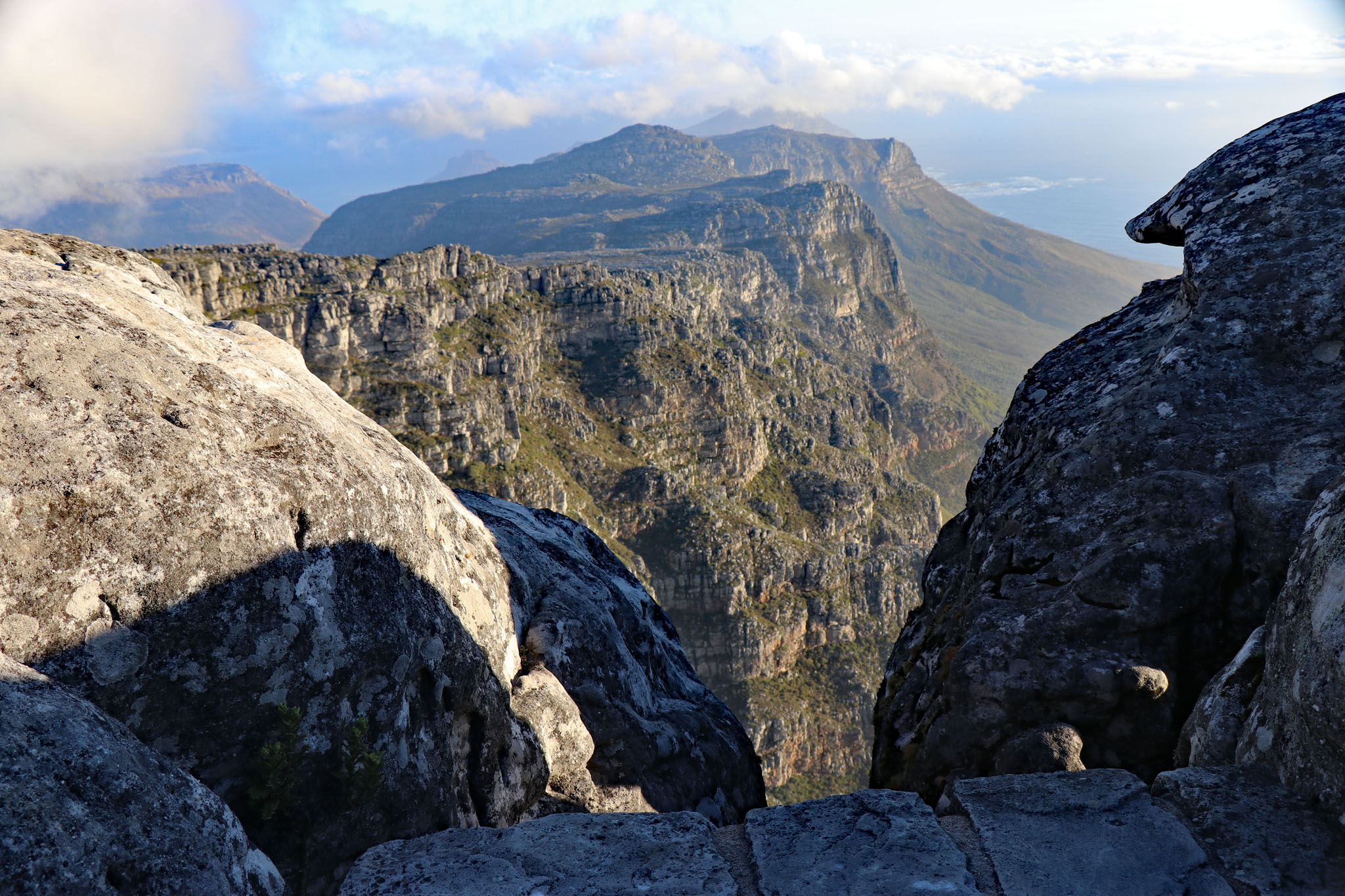

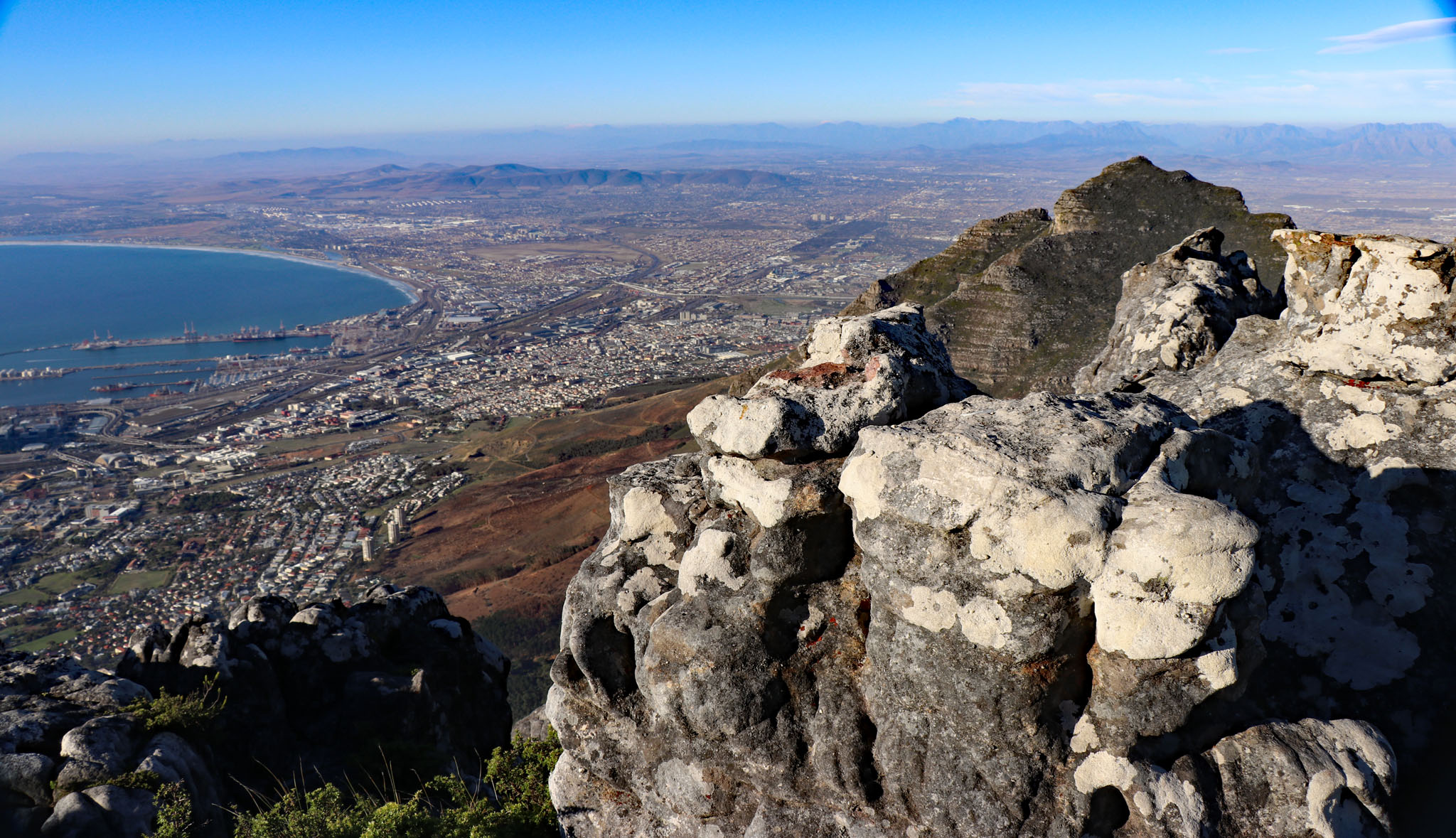

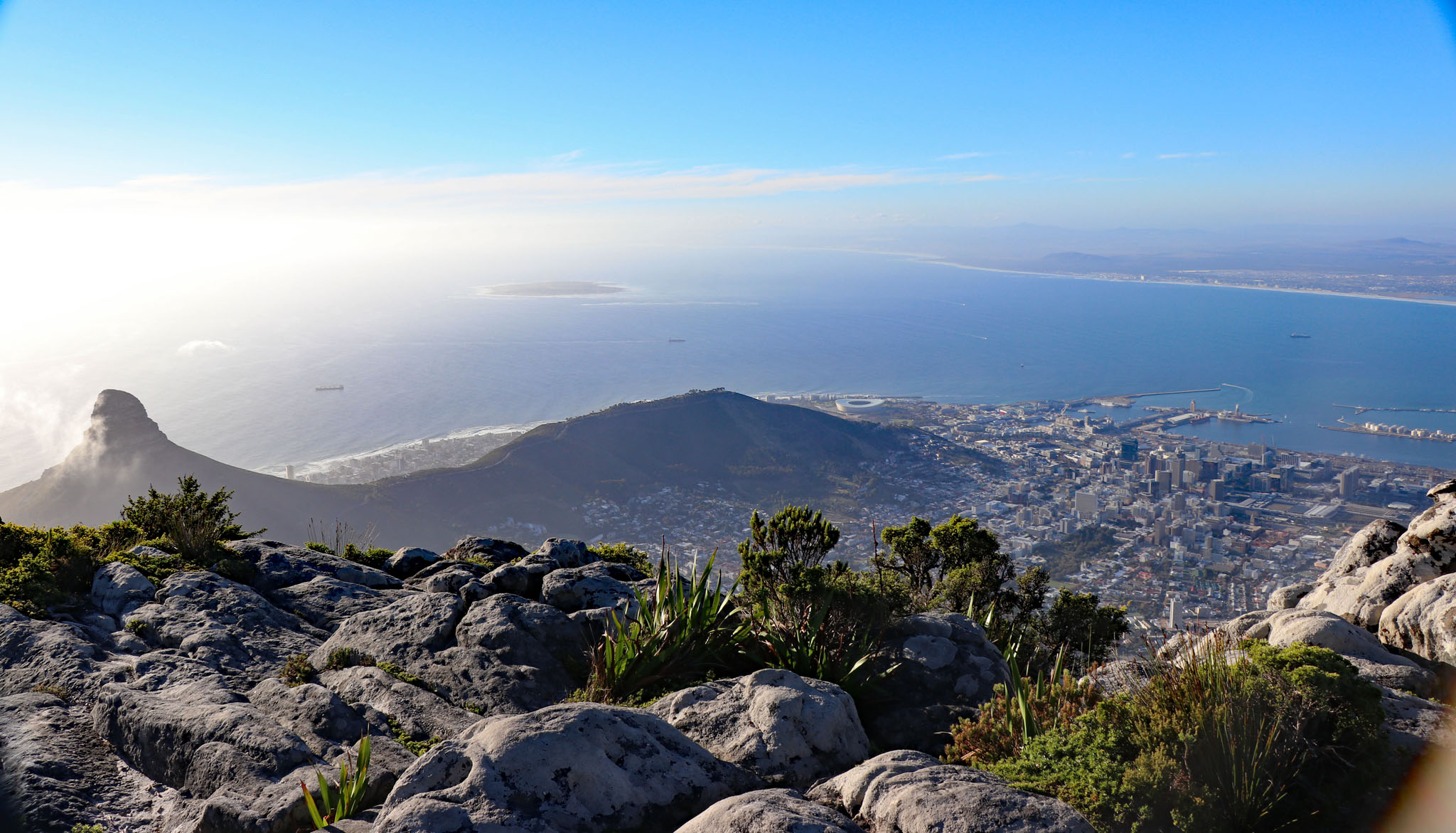

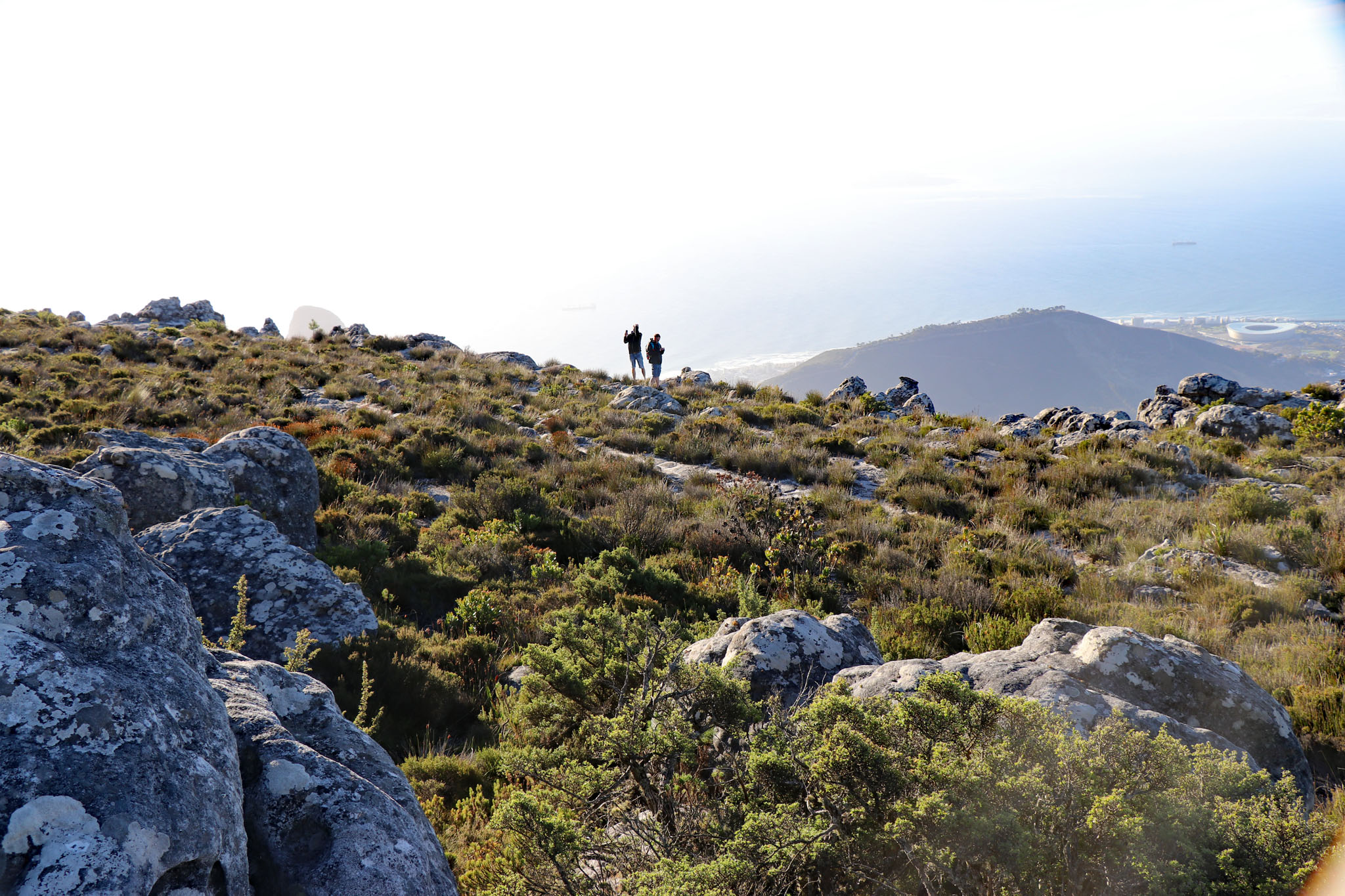

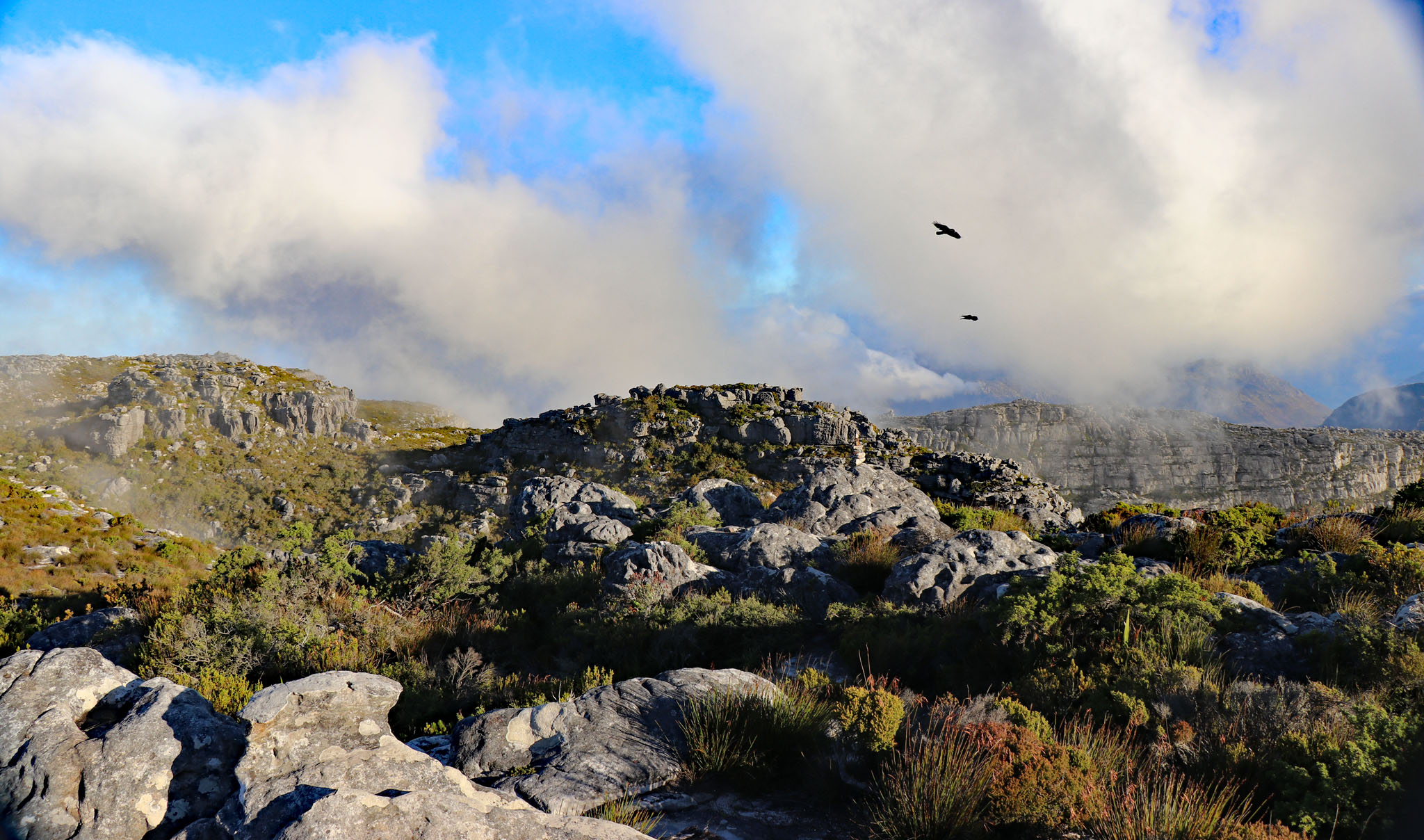

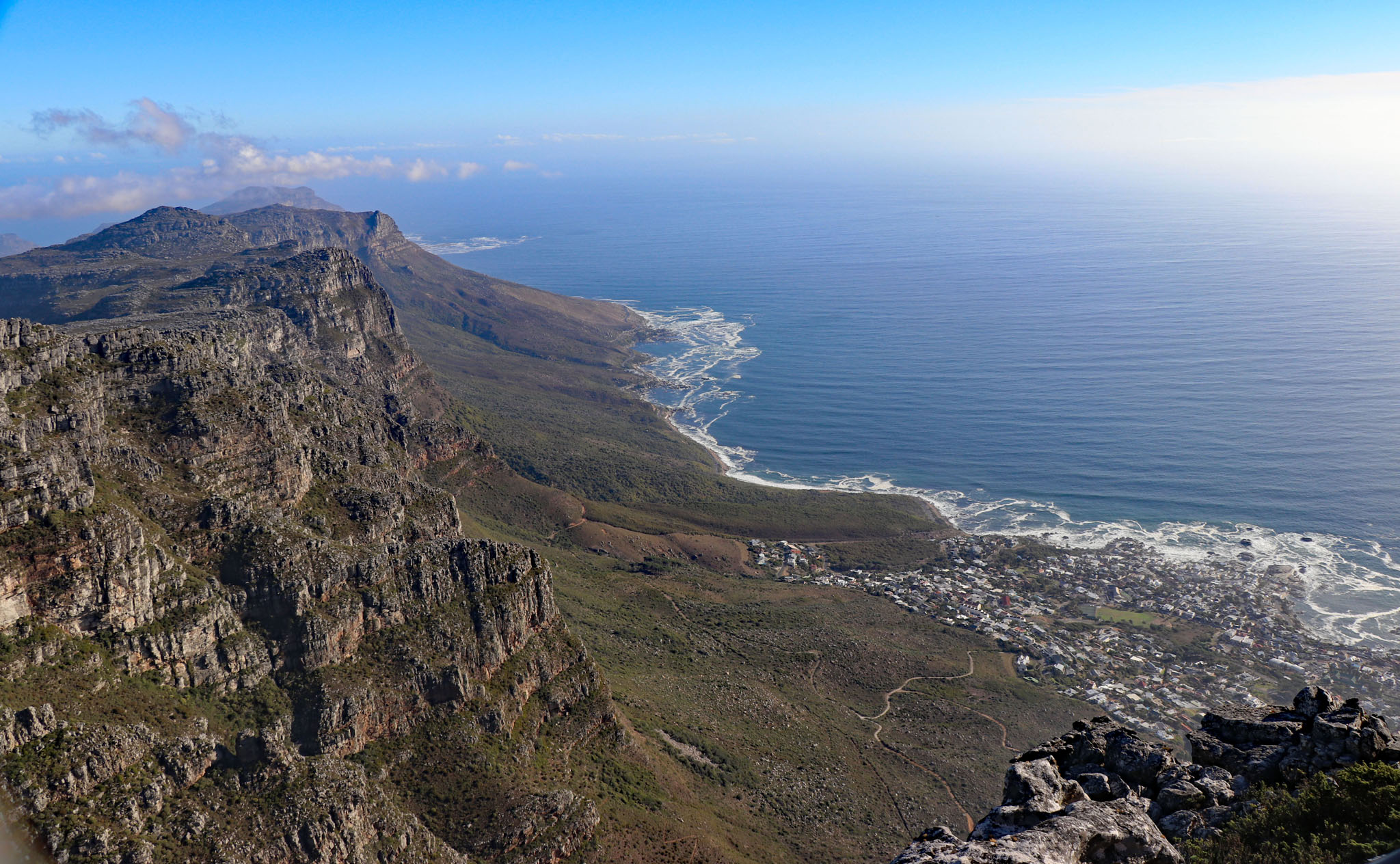

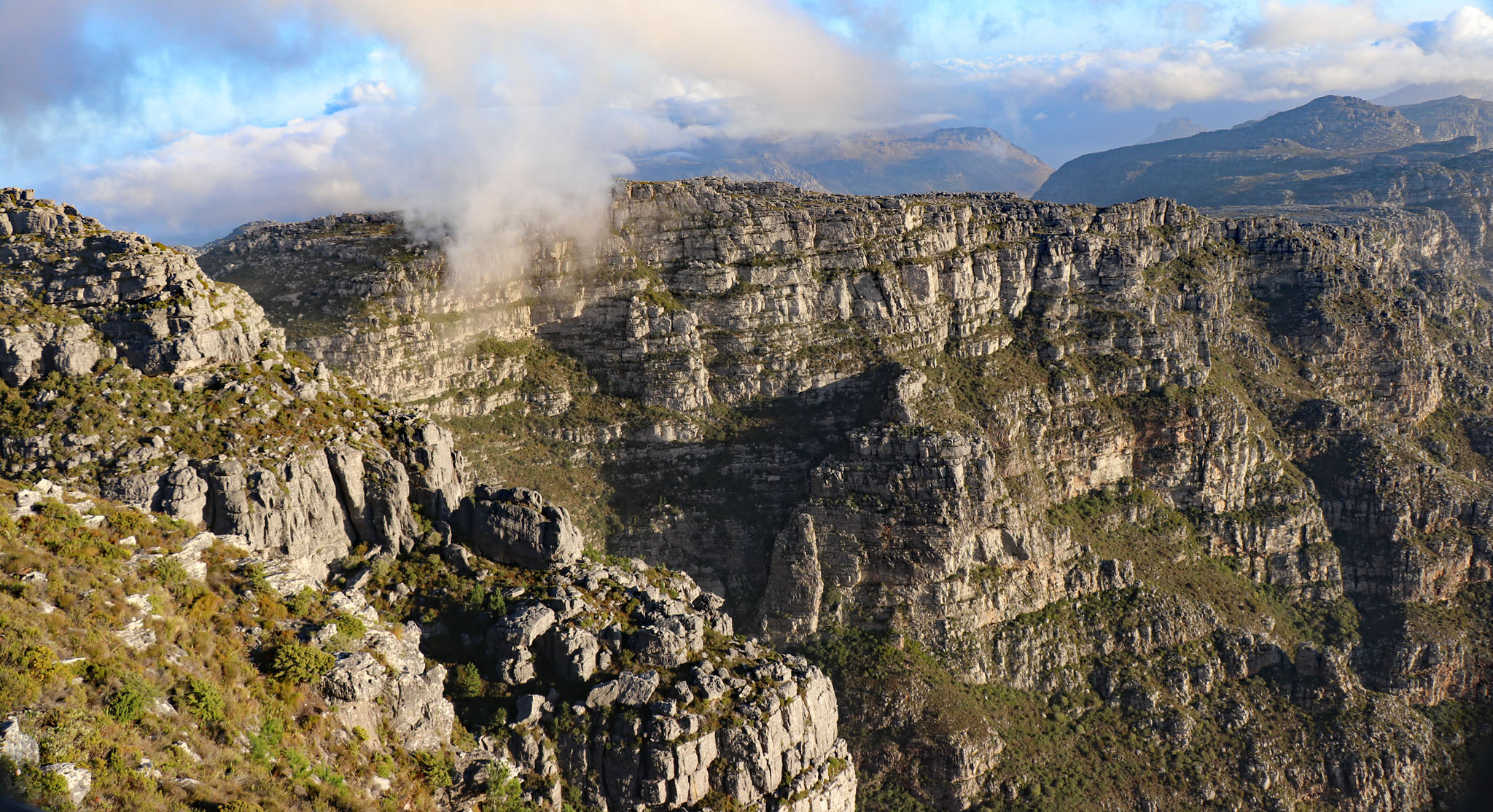

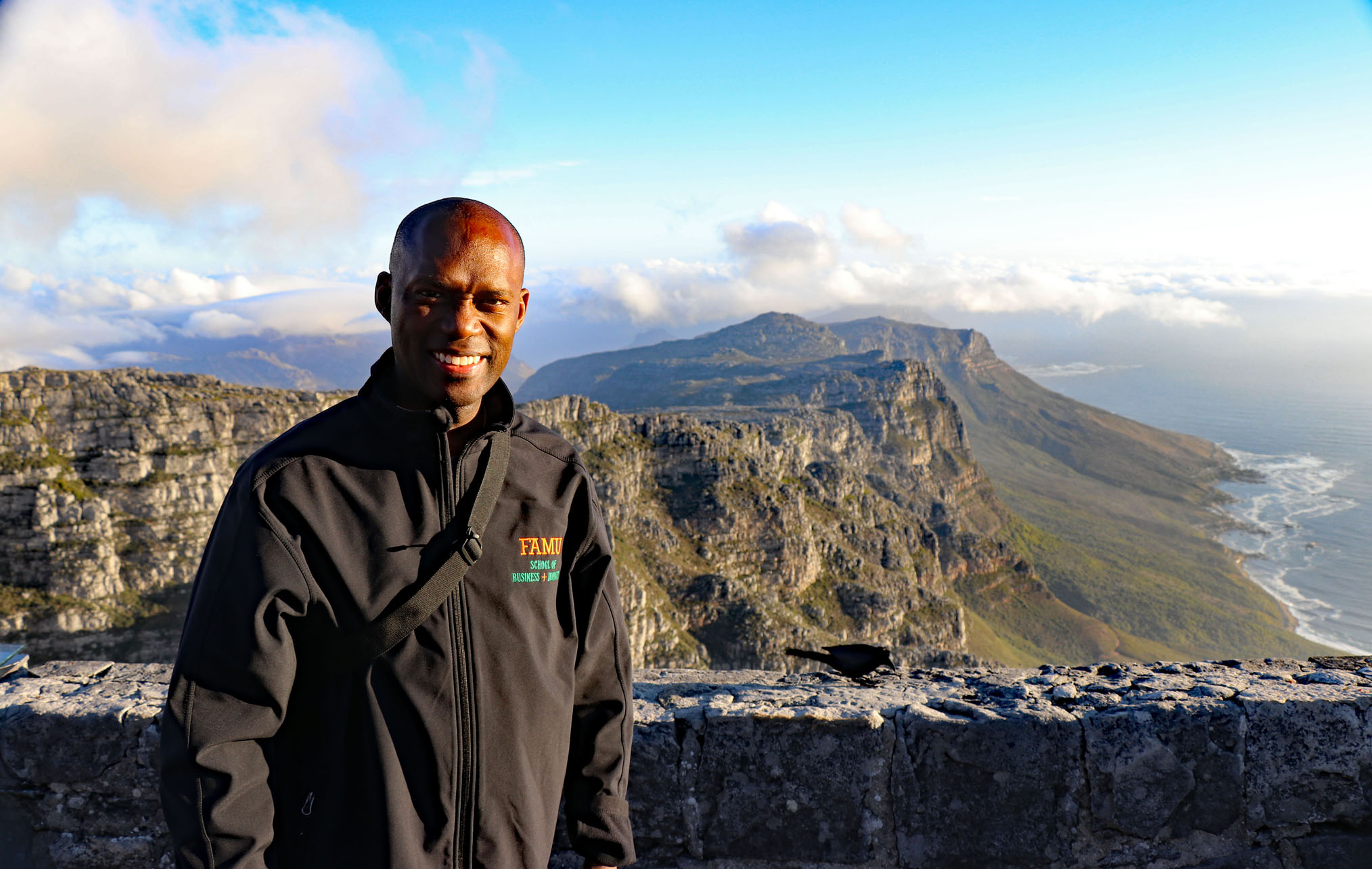

Table Top Mountain (21 photos)
Many tourists come to Africa for such sites, but I was also there to interact and engage with local professionals and academics. We visited the University of Cape Town which was located next door to the Commodore. On my first trip to South Africa, I stayed in their hotel. We met with the Director of the Graduate School of Business Dr. Mills Soko, a very dynamic figure who spoke candidly about his freedom-fighting background, the current state of South Africa and his vision for the business program.
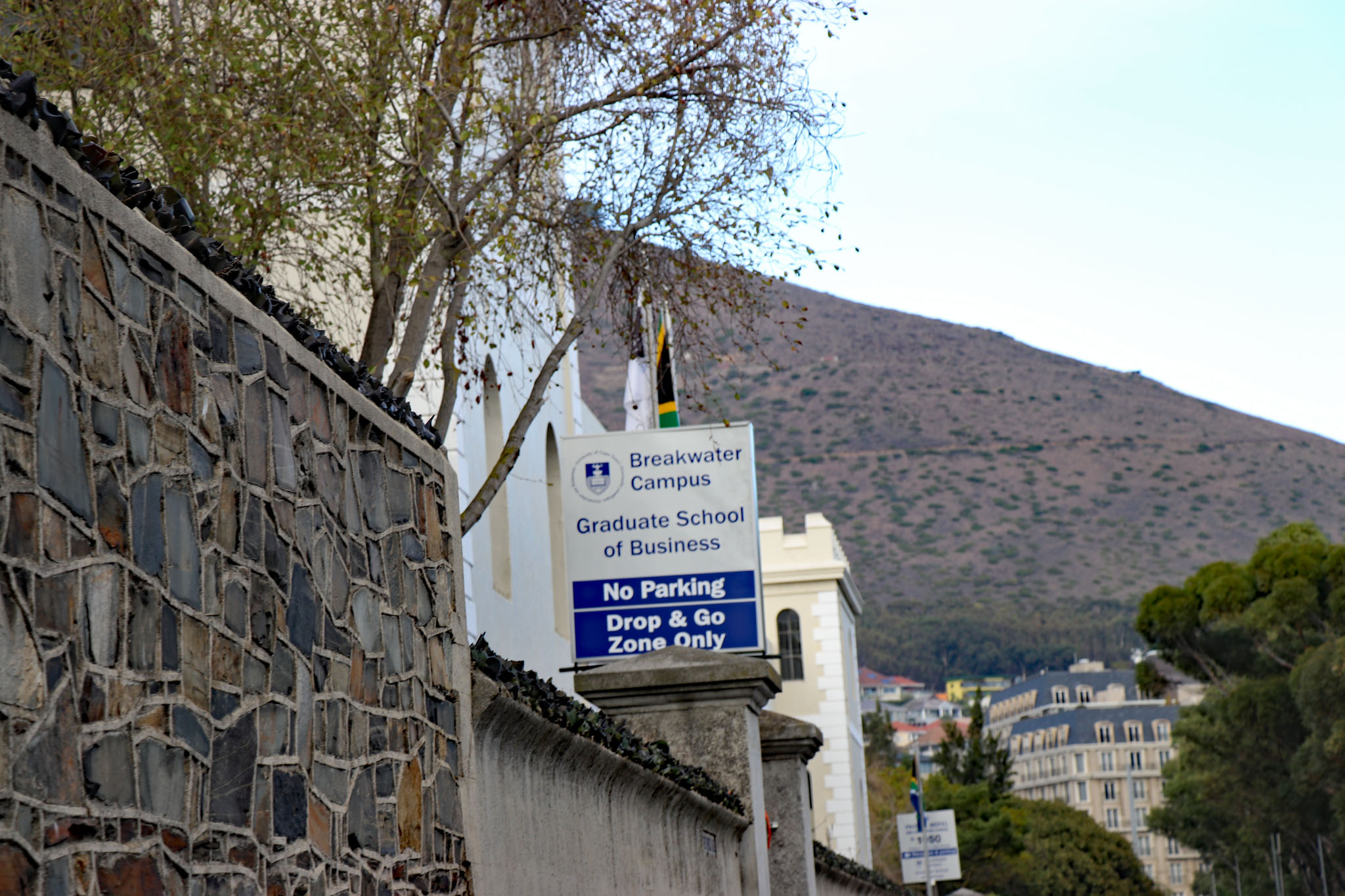

University of Cape Town, Graduate School of Business
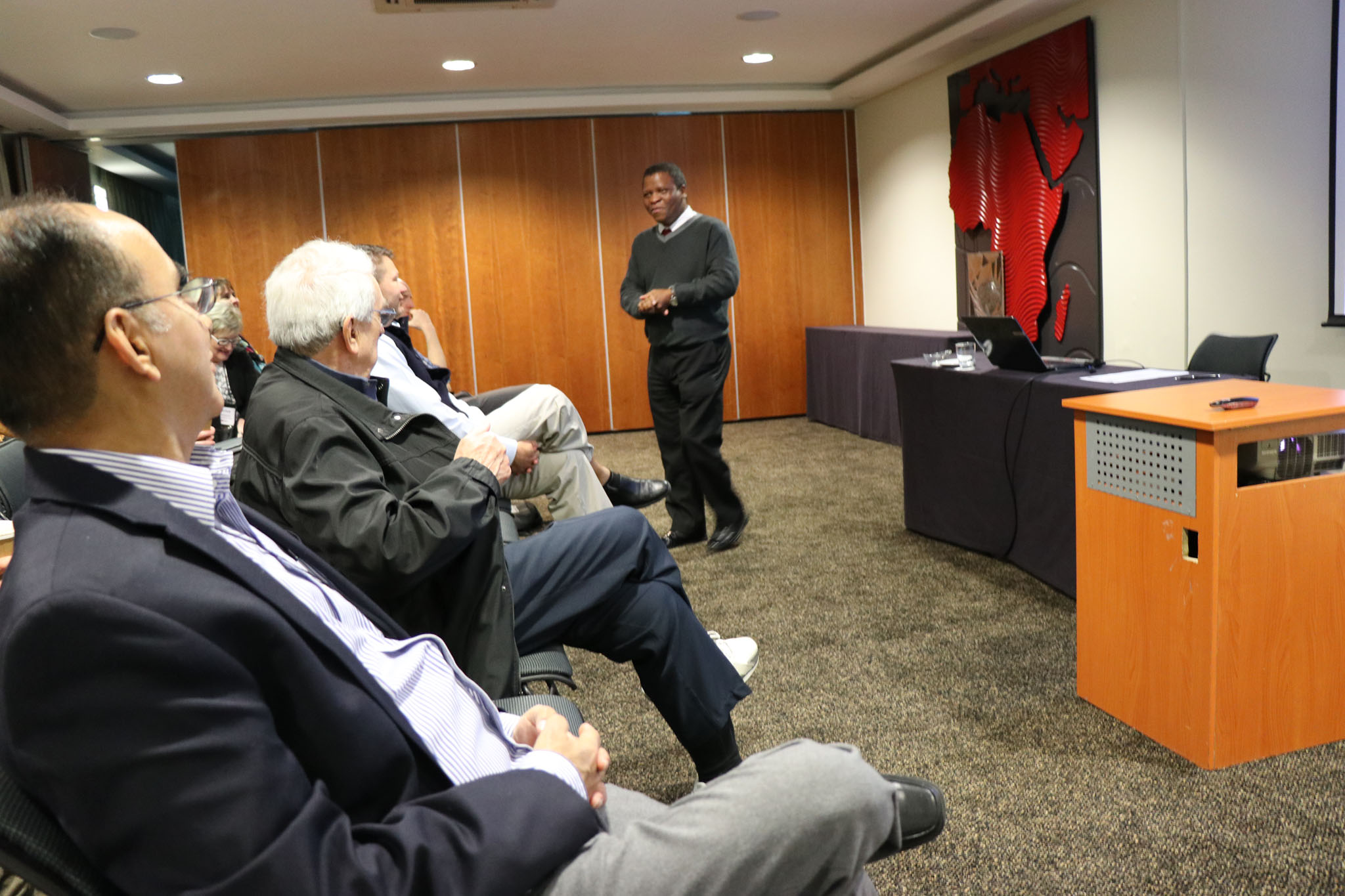

Dr. Mills Soko, Director of the Graduate School of Business
at University of Cape Town
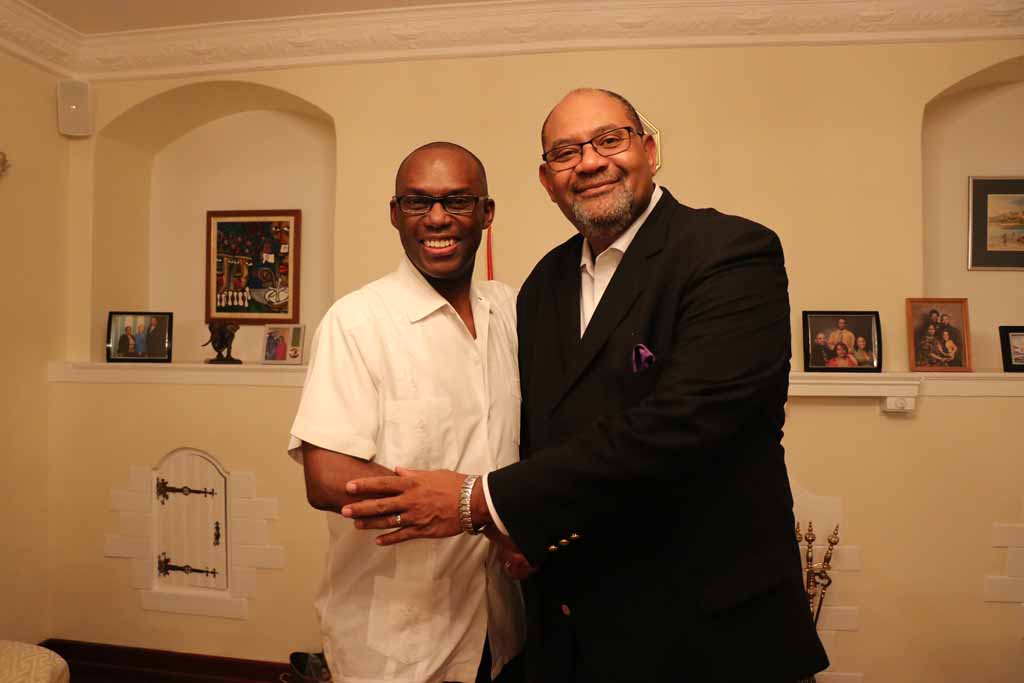

FAMU’s Daaim Shabazz with Teddy Taylor, U.S. Ambassador to South Africa
and FAMU alumnus!
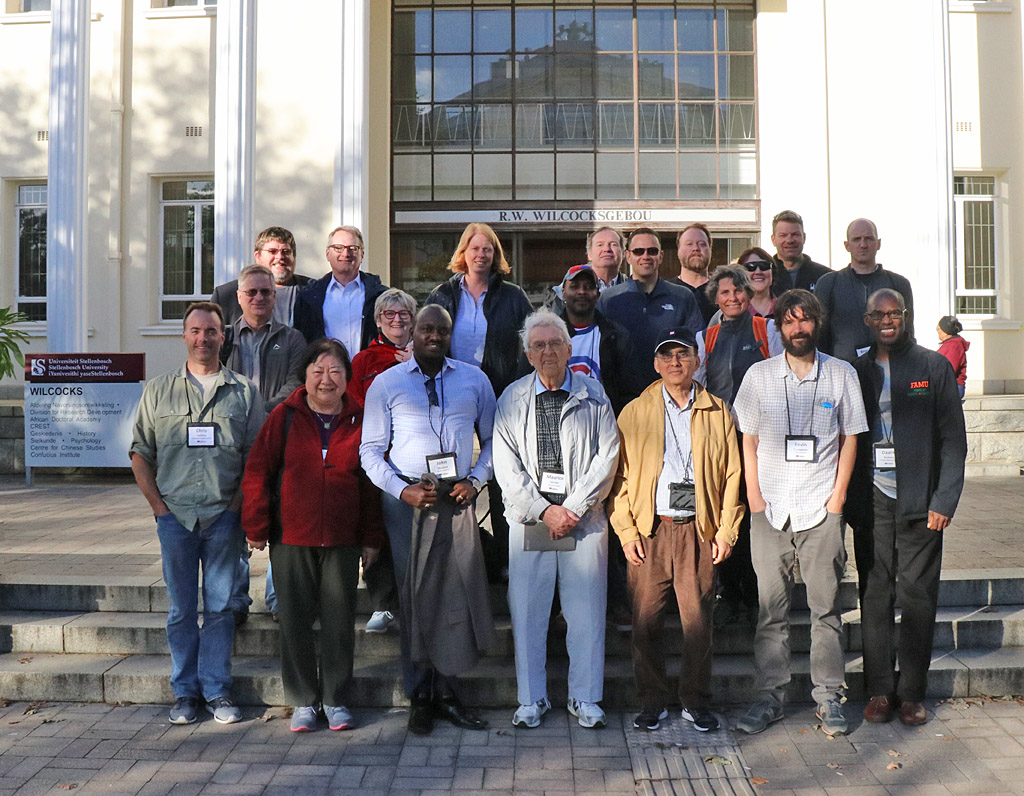

2017 FDIB Africa Program Participants at University of Stellenbosch
We also visited Gordon’s Bay Township Middle School full of enthusiastic students were treated to songs by the school choir and even engaged in a soccer match! No photos of that since I was playing. The stop at the University of Stellenbosch was also nice as we got a chance to walk the campus a bit. We also visited the home of U.S. Ambassador to South Africa, Teddy Taylor who I found out was a FAMU alumni!
One of the highlights was the trek to the Cape of Good Hope. The route is overlooked several cliffs and gorges and is a photographers haven. Boulders Park was the home of the penguins, and the Cape of Good Hope is a popular tourist stop. However, instead of climbing to the top of the tower, I decided to walk the trail of jagged rocks all the way to the Cape. It takes about 30-40 minutes but can be quite intimidating with fierce winds and the cliff only two meters to your left.
All photos by Daaim Shabazz (unless otherwise stated)
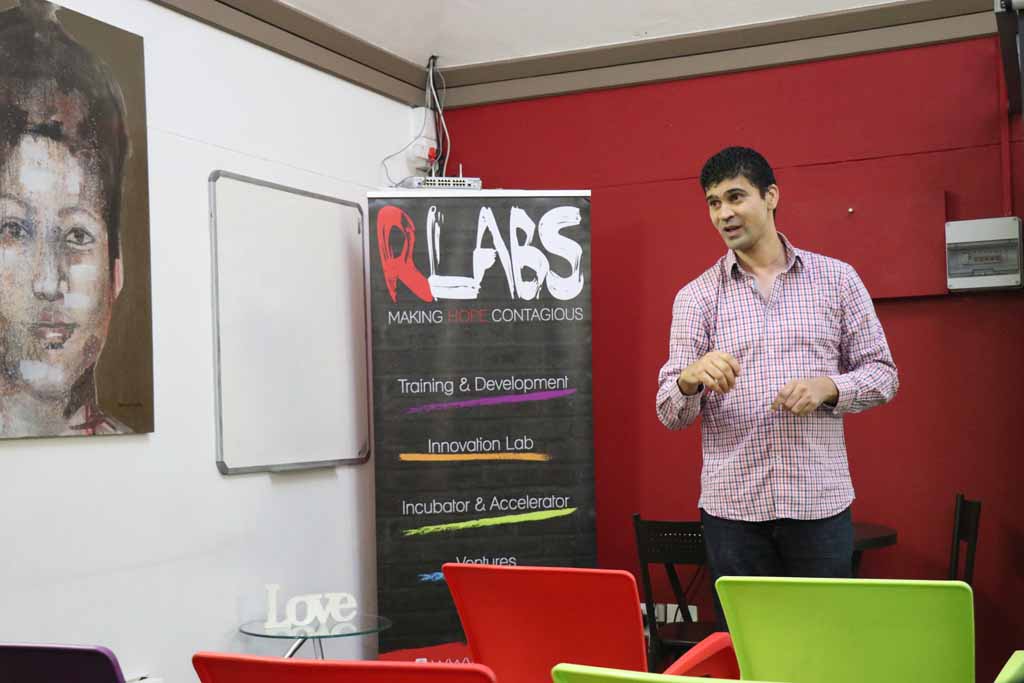

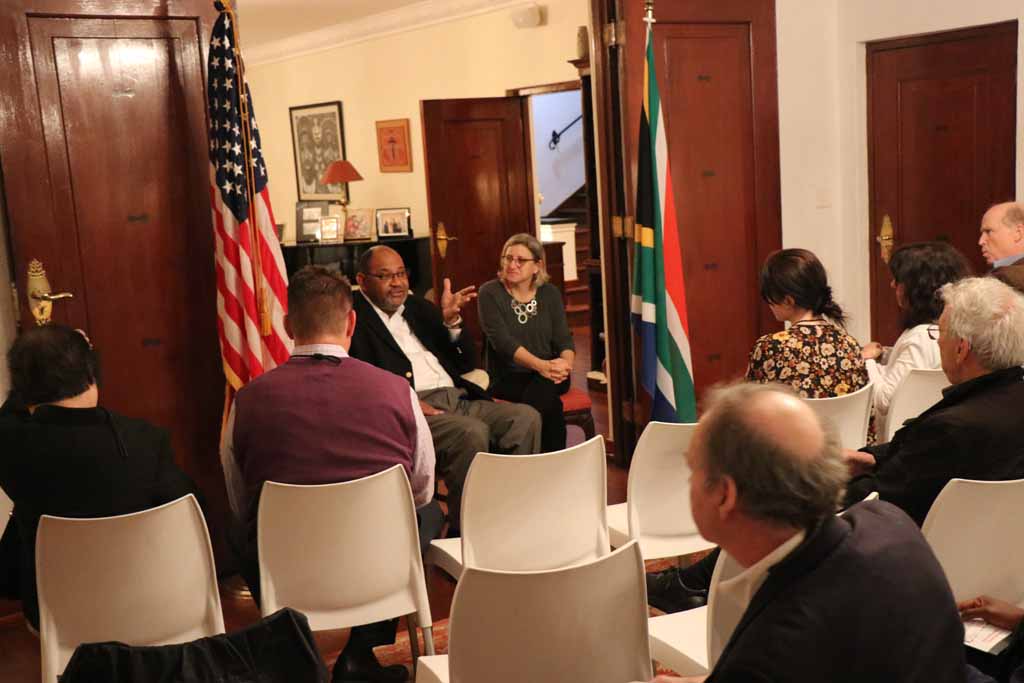



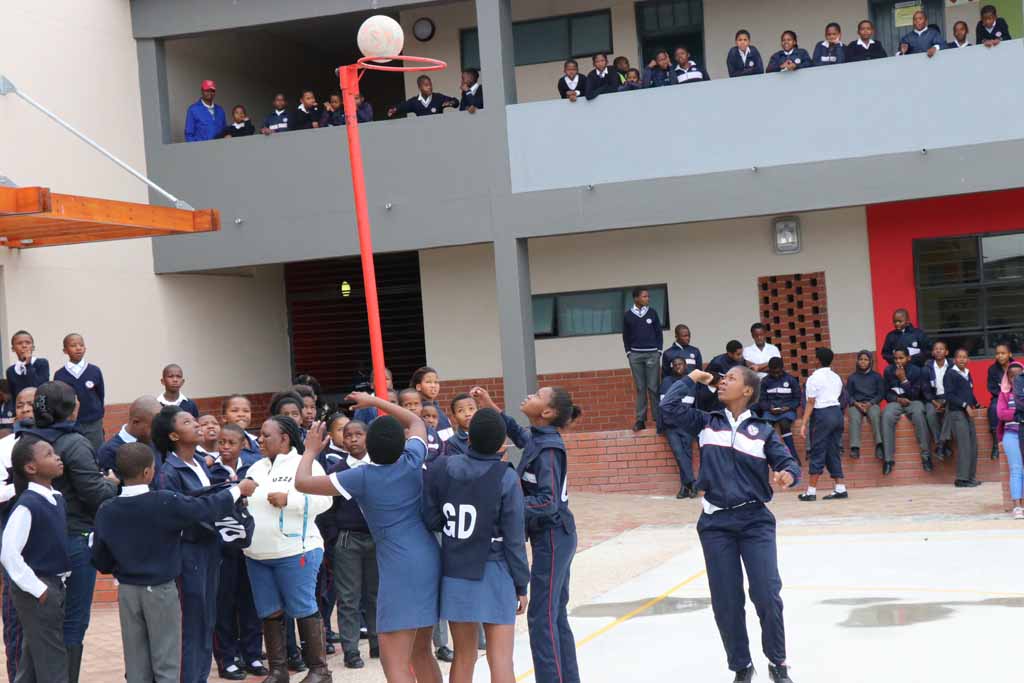

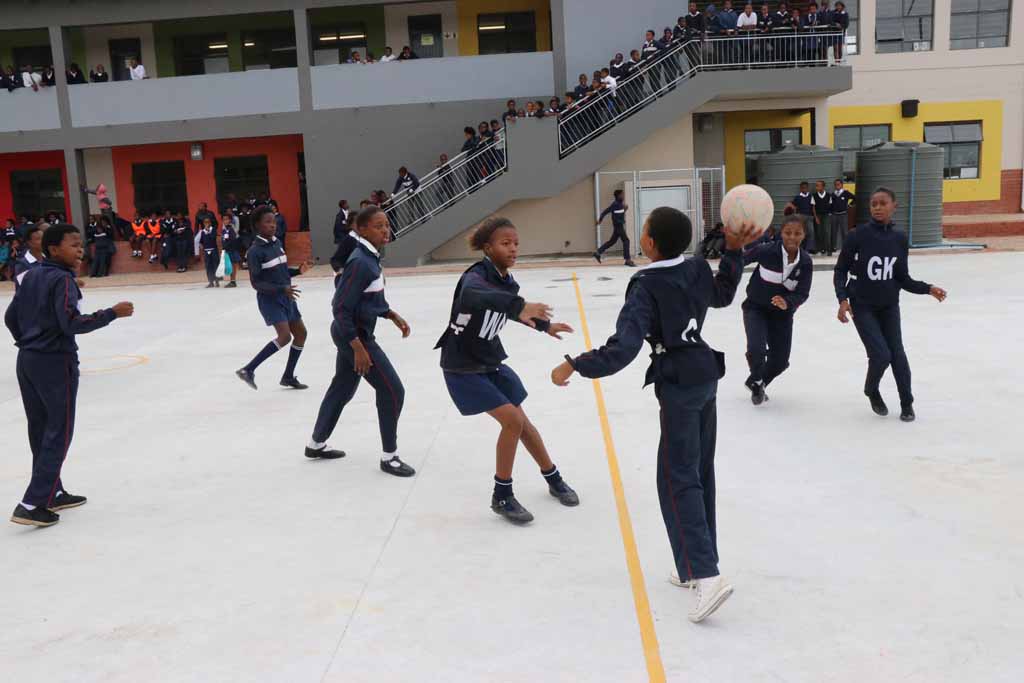

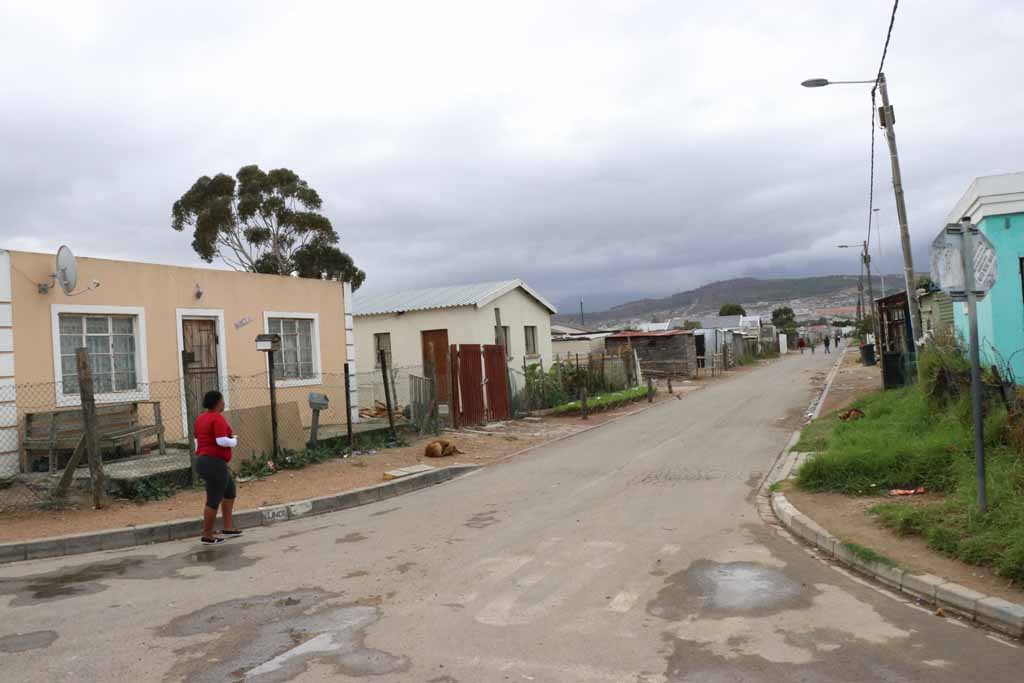

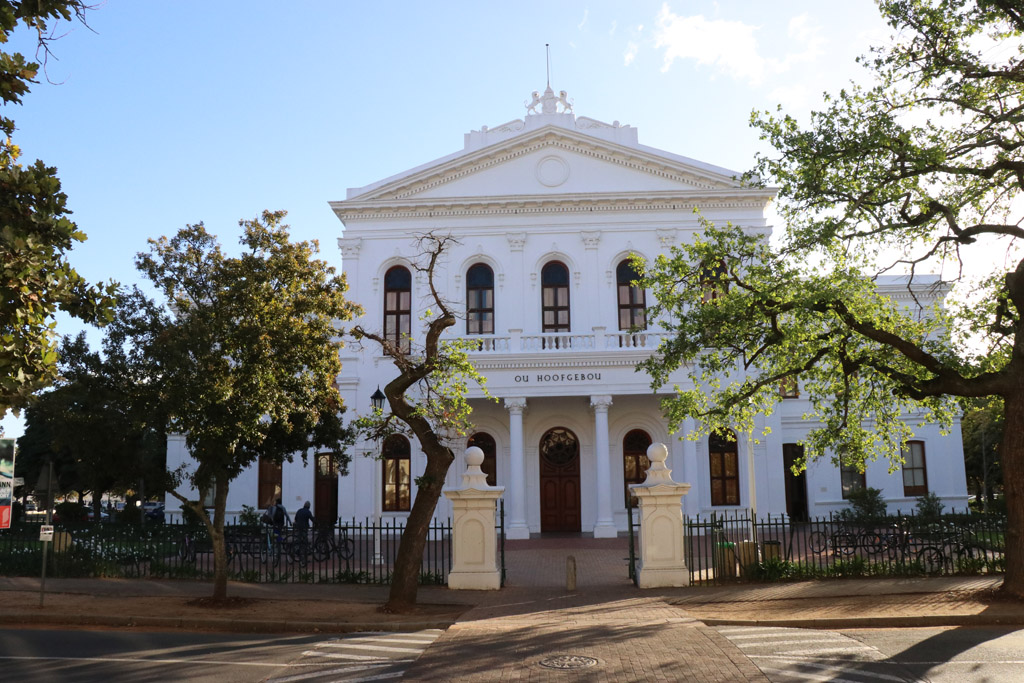



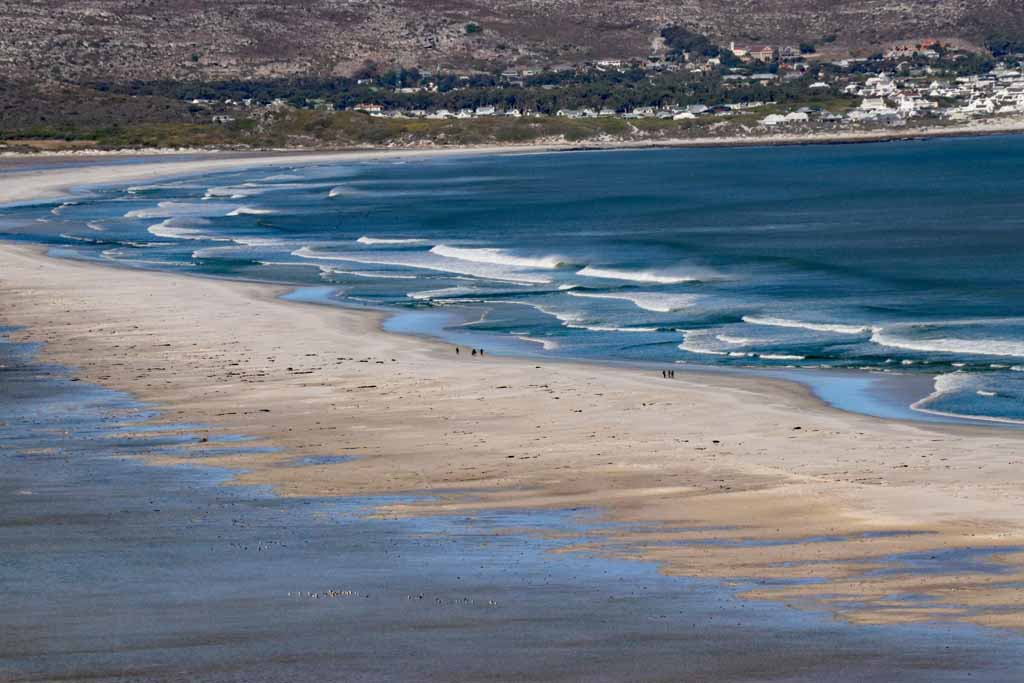



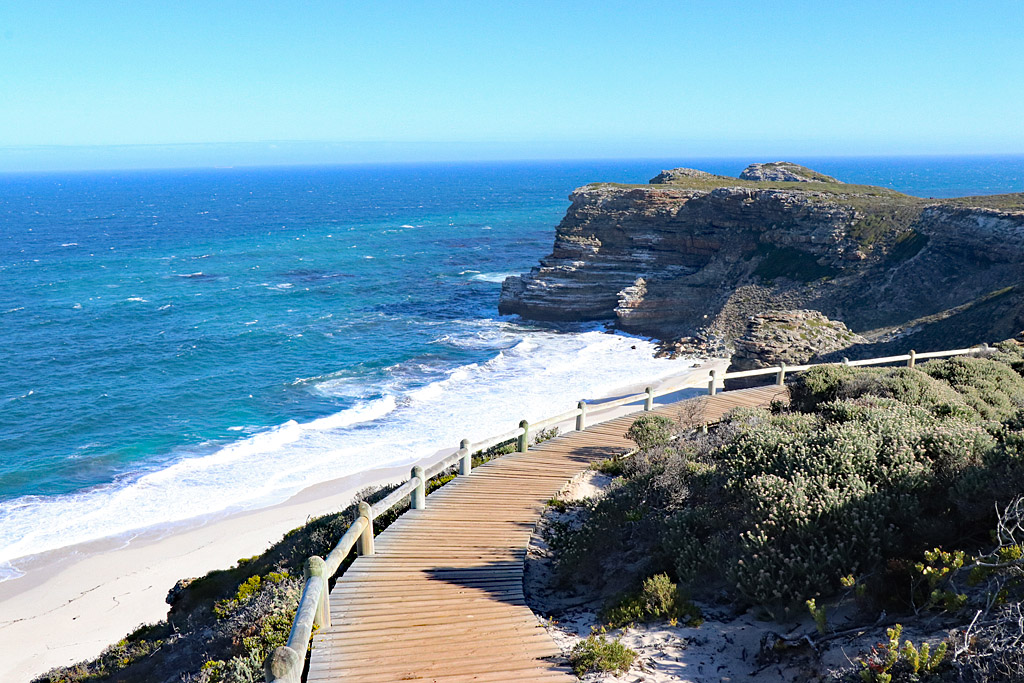

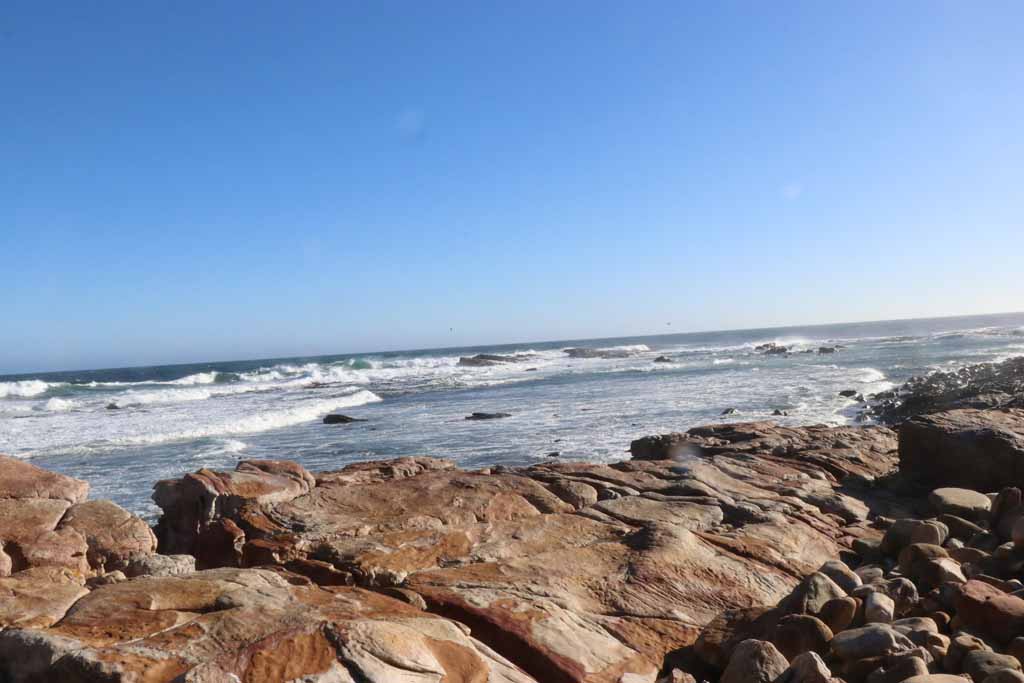

University of Cape Town (24 photos)
Gordon’s Bay Township & University of Stellenbosch (52 photos)
Boulders Park, Cape of Good Hope, Clarmont Chess Club (64 photos)
In general, I always seek out the chess community while in foreign countries, and I was able to contact Reuben Salimu whom I know from Facebook and who runs African Chess Cafe website and Claremont Chess Club. After an impromptu blitz tournament, I presented a copy of my book, Triple Exclam: The Life and Games of Emory Tate, Chess Warrior.
I did meet (and lose to) a young Seth-Riley Adams who uncorked a nice Nd5 shot! Sadly, this would be my only chess in Africa. It’s interesting since both contacts in Zambia and Botswana were too far away from my locations. The purpose of the rest of this article is to show you the beauty of the African continent. It’s a nice place for a tournament!
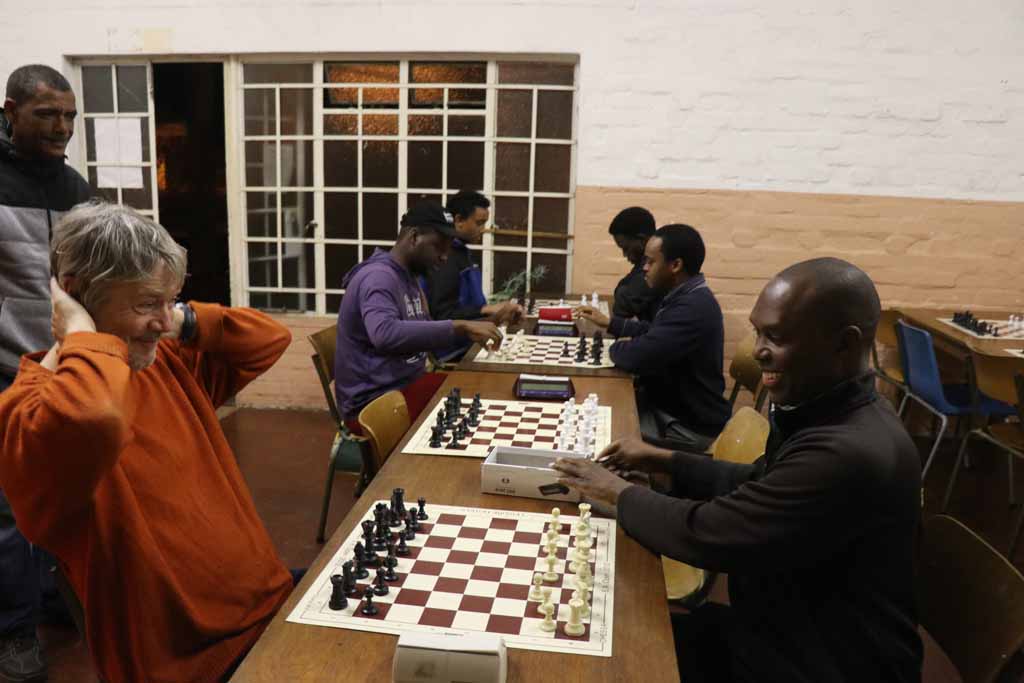

Playing Charles De Villiers at the Claremont Chess Club in Capetown
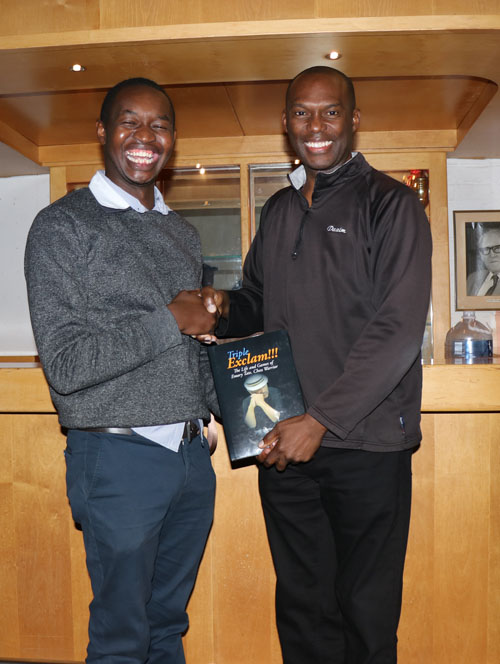

Reuben Salimu receiving a copy of my book “Triple Exclam”
at Claremont Chess Club, Cape Town, South Africa







Zambia
As we boarded the plane in Cape Town, I was excited at the prospects of seeing the famous natural wonder at the Zambia-Zimbabwe border. I had only seen videos and photos of the famous Victoria Falls, initially in Basil Davidson’s eight-part documentary “Africa.” It is a must-see when visiting the region.
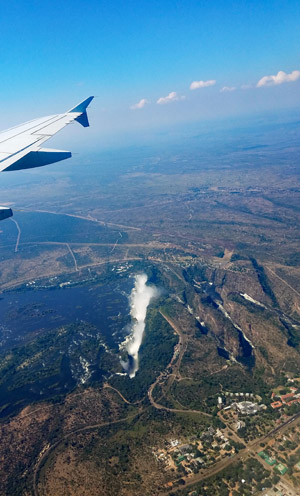

Aerial shot of Victoria Falls
Hours later, I would finally get my chance. As we soared over Livingstone, Zambia I could see the ominous presence of Victoria Falls. With my Samsung Galaxy 7, I took some shots of “Vic Falls” and could not imagine a site more impressive. I learned later that there was helicopter ride over the Falls. While I decided not to take that excursion, I saw the falls from practically every other angle. What was so impressive was the power of the water tumbling down into the gorge into the Zambezi river! I learned that this was high season for the Falls and later in the year you can walk across. Hard to imagine such a powerful force going into hibernation.
All photos by Daaim Shabazz (unless otherwise stated)
This was my first view of the falls, but I was not prepared to cross the bridge. The next day, I got a plastic parka, swimming trunks and flip-flops and set out to view the falls again. This time I crossed the bridge under a sheet of water from the falls and then took a trek to view different angles. What exhilaration! After that I took a 30-minute trek to bottom of the gorge known as the “Boiling Pot.”
With my flip-flops, I carefully navigated the rough downward slope and jagged rocks because one miscalculation would mean a trip to the hospital. Definitely. It is advisable to wear sturdy shoes and you have to be in reasonably good shape. Also take your time and plant your feet before proceeding. On the bright side, the climb up less treacherous than the climb down, but more tiring.
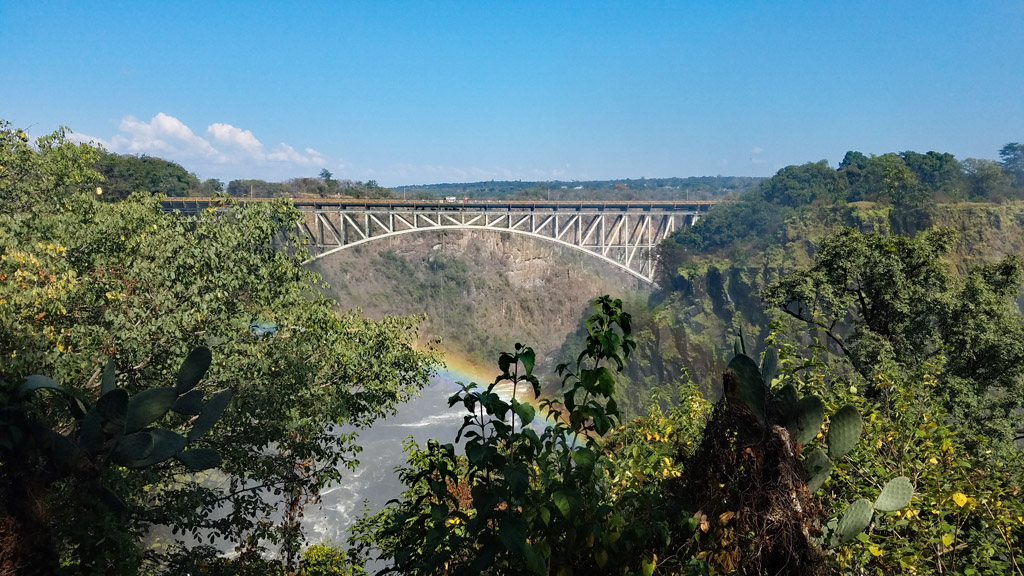

Victoria Falls Bridge from Zambian side. Nice!
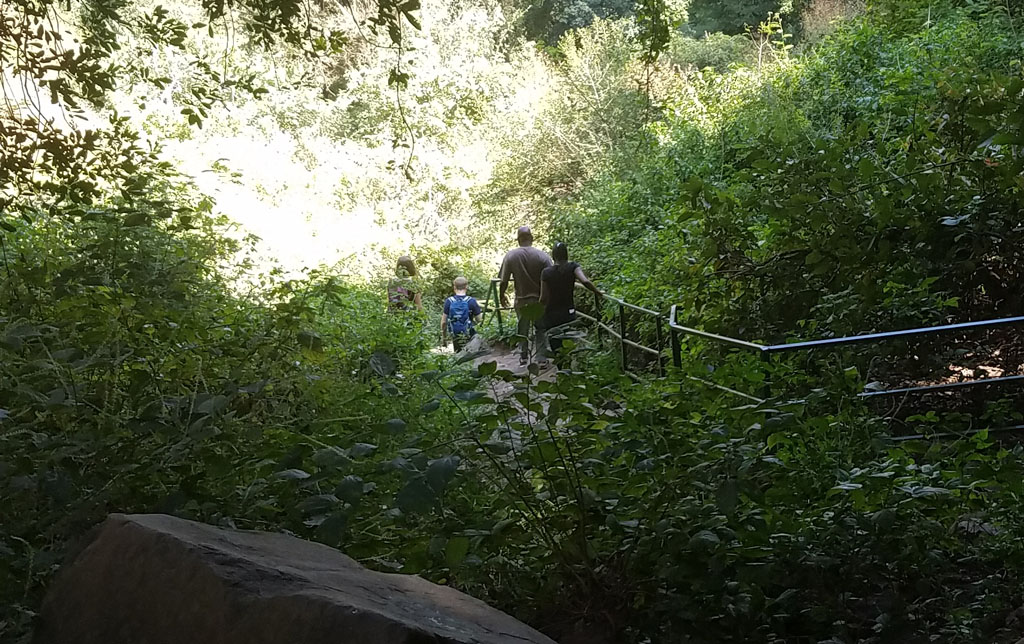

Descending down into the “Boiling Pot” gorge. Its quite steep and very jagged rocks. Nature can be unforgiving.
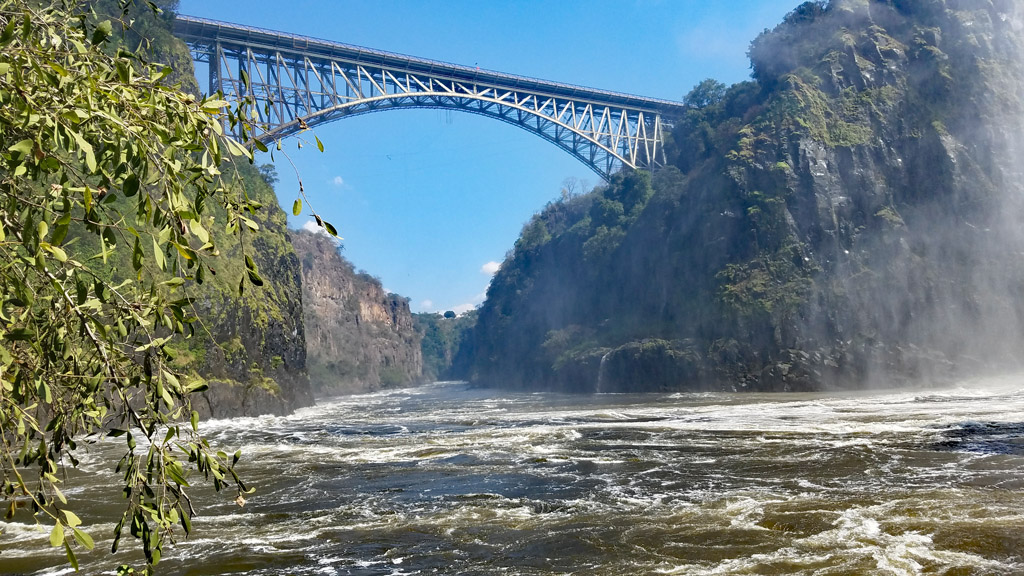

The Boiling Pot… beautiful view of Zambezi River and Victoria Falls Bridge!
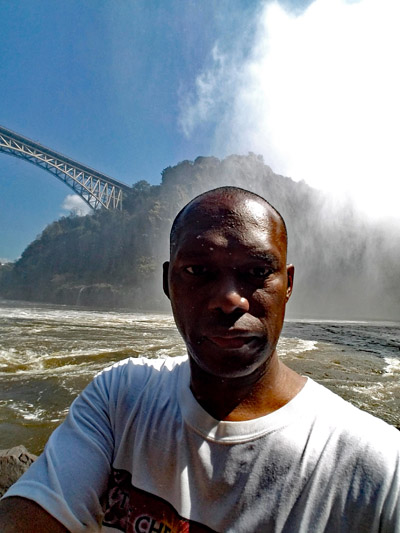

Soaked from the falls and sweaty from the descent, but it was all worthy it!
Watch video!







Zimbabwe
On the next day, a group of us planned to walk across the bridge to the Zimbabwe side of the Victoria Falls. It was longer than I expected and I had on my flip-flops again. Bad decision. We would walk for hours and flip-flops are not made for long walks. On the way back, I thought my Achilles tendons were going to snap. Instead of visiting the falls again, a group of us decided to visit the Victoria Falls Hotel on the Zimbabwe side and have lunch and shop. It turned out to be a pleasant walk. I even saw a sign “Dead Slow,” a term not used in the U.S. That must mean really, really slow!
Along the way, we saw hawkers selling the famous “Zim notes,” or the hyper-inflated Zimbabwean currency. They were selling in dominations of millions, billions, and even trillions. I walked away with several currency notes to show my students. You can buy them off of eBay, but to say you got them in Zimbabwe adds a bit more authenticity.
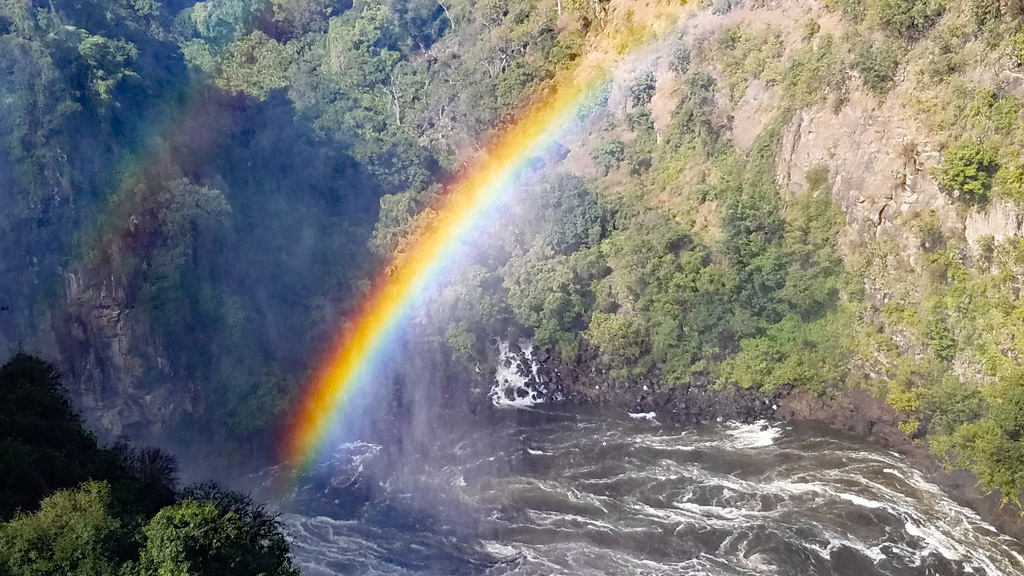

The overhead view of the “Boiling Pot.” It was the previous day that I stood on the rocks below.
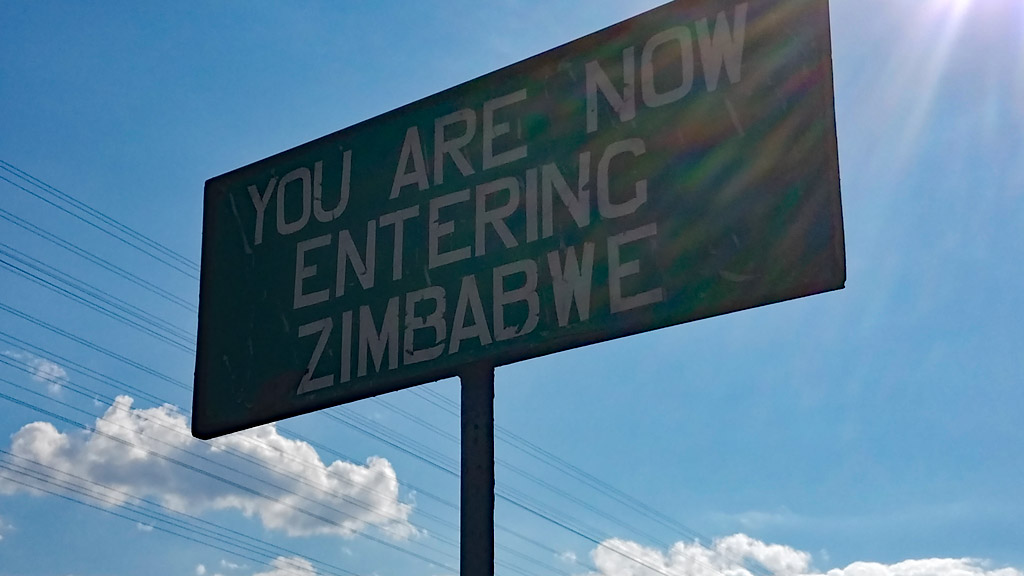

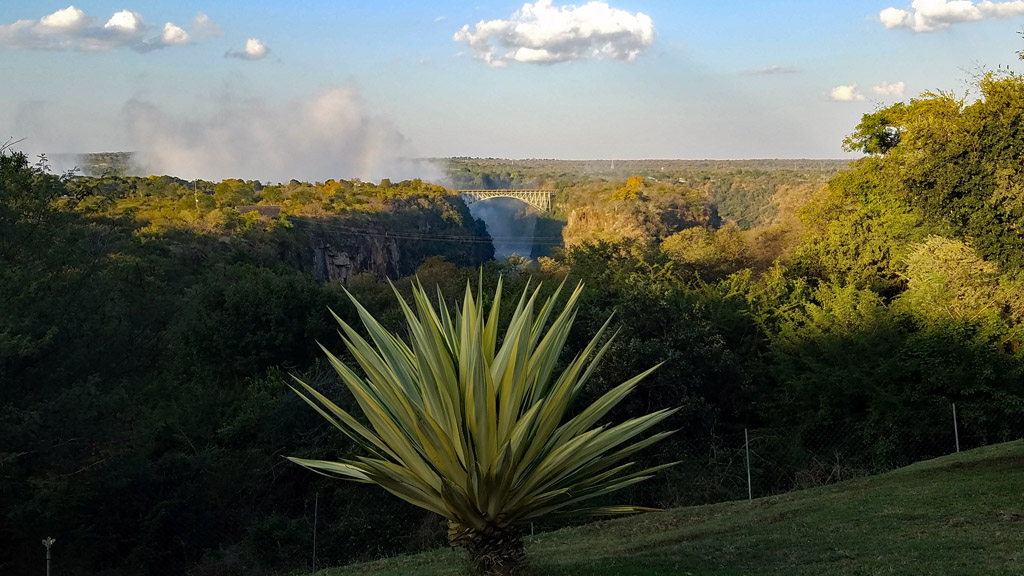

Zimbabwean view of the Victoria Falls Bridge
Yes… we walked quite a distance!
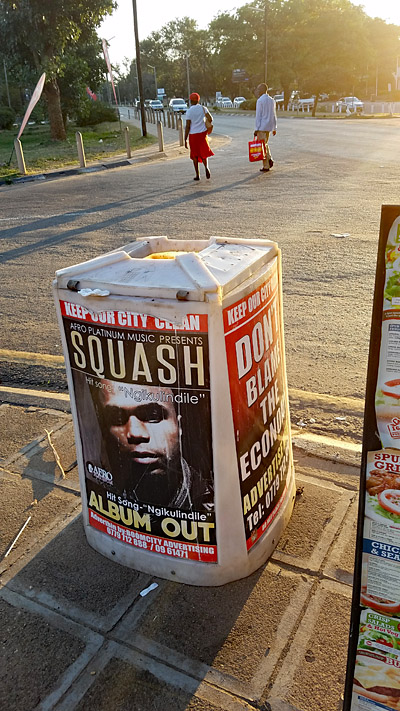

Squash just dropped a new album! Check out “Ngikulindile”. Very nice! 🙂
Livingstone, Zambia (30 photos)
Victoria Falls and Boiling Pot (18 photos)
Zambia-Zimbabwe (23 photos)







Botswana
Now onto our next adventure. We would leave Livingstone invigorated by nature’s power and the beautiful accommodations at Avani. We would drive 90 minutes to Kasane, Botswana to visit the Chobe National Park. The drive gave us an opportunity to view Zambian people, the landscape and the “hustle and bustle.”
As we got closer to the border, an amazing scene unfolded. There was a long line of trucks carrying various types of cargo. As Zambia is one of the world’s largest producer of copper, there were trucks lined up with sheets of the metal stacked on their beds. It was a plain look at the daily business cycle of Africa. There is a method to the madness, so to speak. It is common for the driver to wait days to clear his load! Then there were the “fixers” with large wads of cash hoping to get hired by someone need to help sort out paperwork with the proper fees.
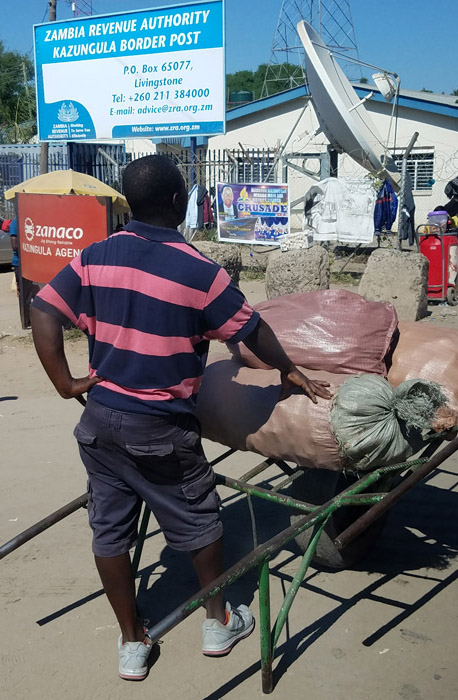

Border Post that will get us across the Zambezi River.
When we got to the dock, Zambian hawkers were selling all types of wooden crafts. They were not overly aggressive but certainly wanted to get the last bit of foreign currency before we decided to spend it in Botswana. We boarded the speed boats to get across the Zambezi River… just 750 meters. It is in this spot that four countries meet: Zambia, Botswana, Zimbabwe, and Namibia.
The trucks we saw coming in would cross via Kazungula ferry. For us, we piled into several speed boats, and within 15 minutes, we were across the river in Botswana. Many years ago at a chess tournament in Chicago, I met a Botswana chess coach named Oscar Mayisela. We became friends and kept in contact through mail. I told that I would one day visit his country. I kept my promise!
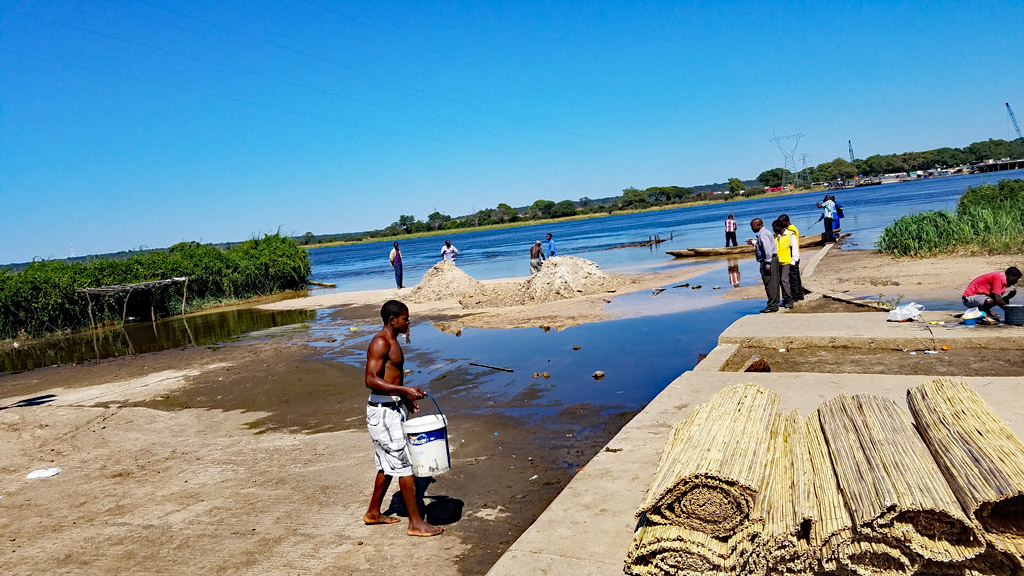

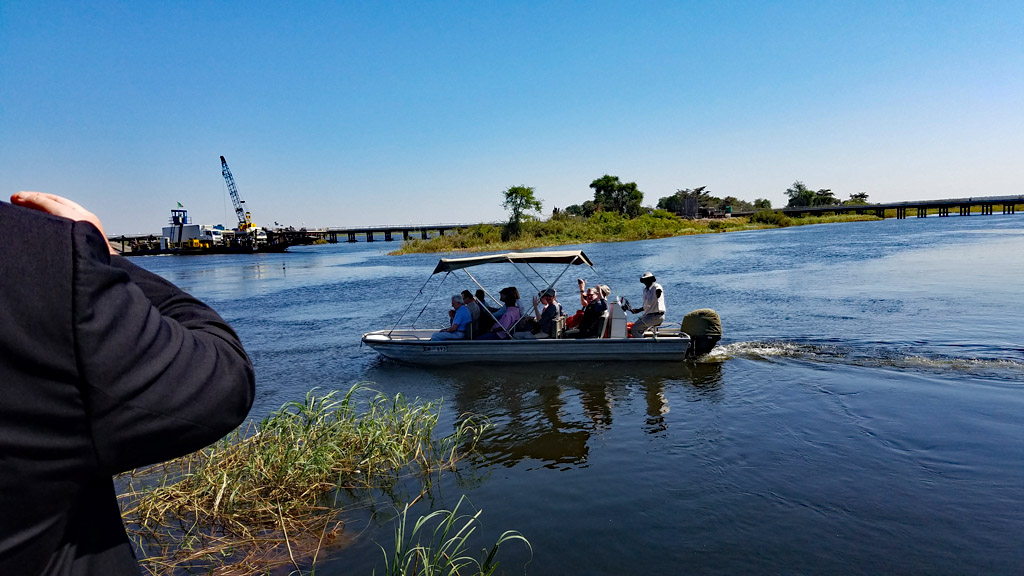

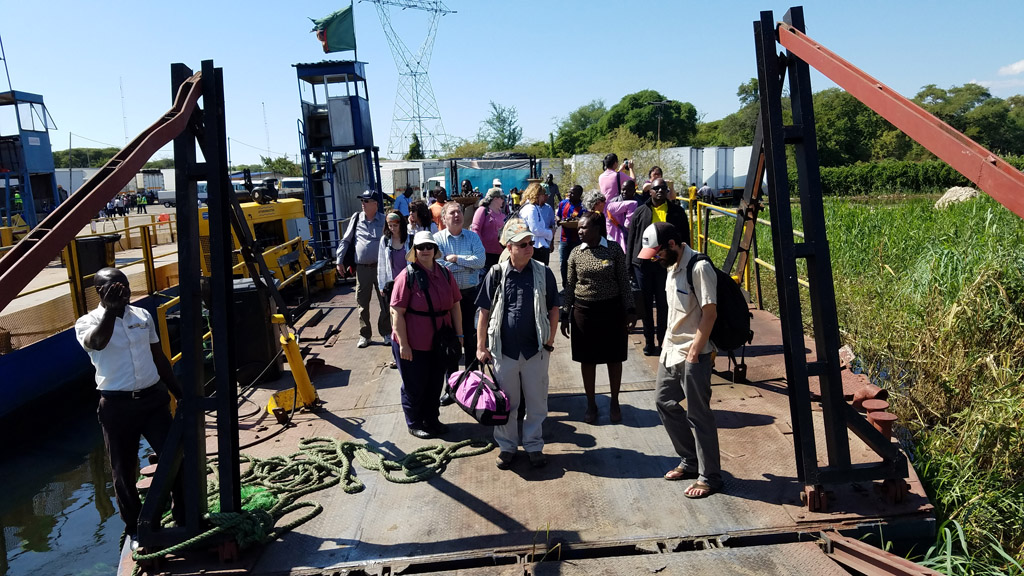

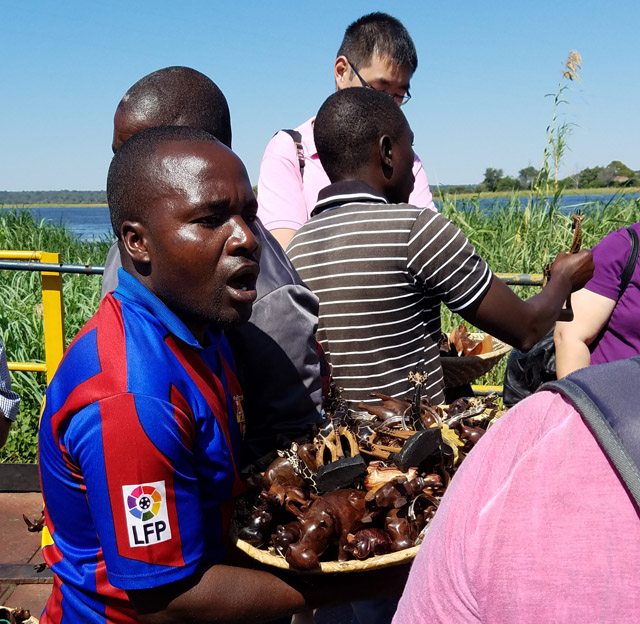

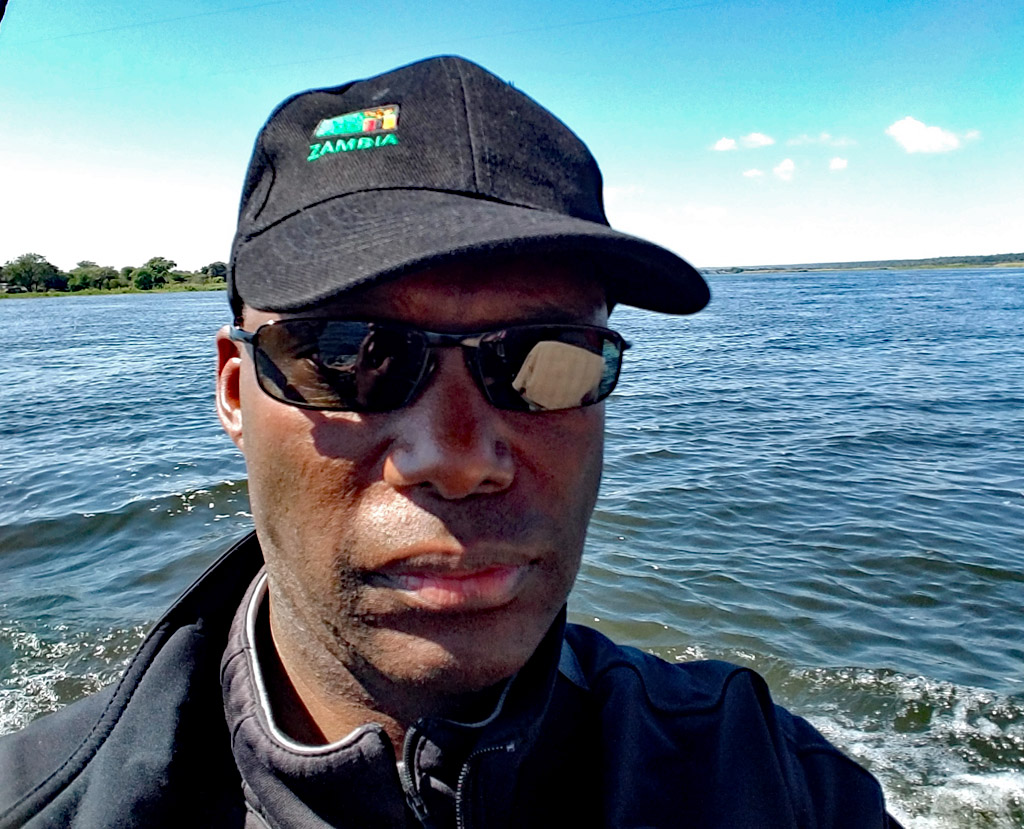

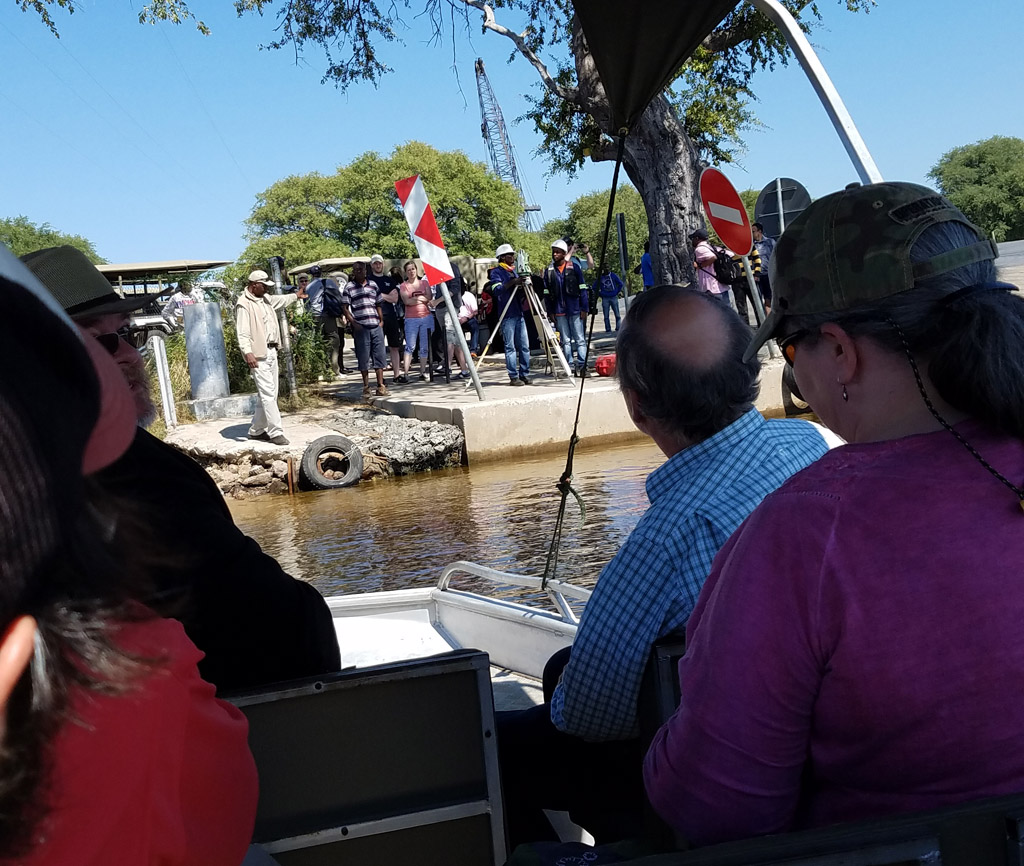

Since my Canon 80D was left in Johannesburg, I had to get by with my Samsung Galaxy 7 camera. The confusion came when they told me I had to check my carry-on bag due to its size. It was a back pack and there was plenty of room on the plane. Unfortunately, I thought they would check it all the way through Zambia, but I later learned that I had to go all the way to baggage claim and get it. It was a disappointment because one of the reasons I bought a brand new camera was for the Botswana tours. However, I must give a shameless plug to Samsung for making such great cameras. You will soon see what is possible. Here are some of my shots from the boat tour and land tour.
First on the boat…
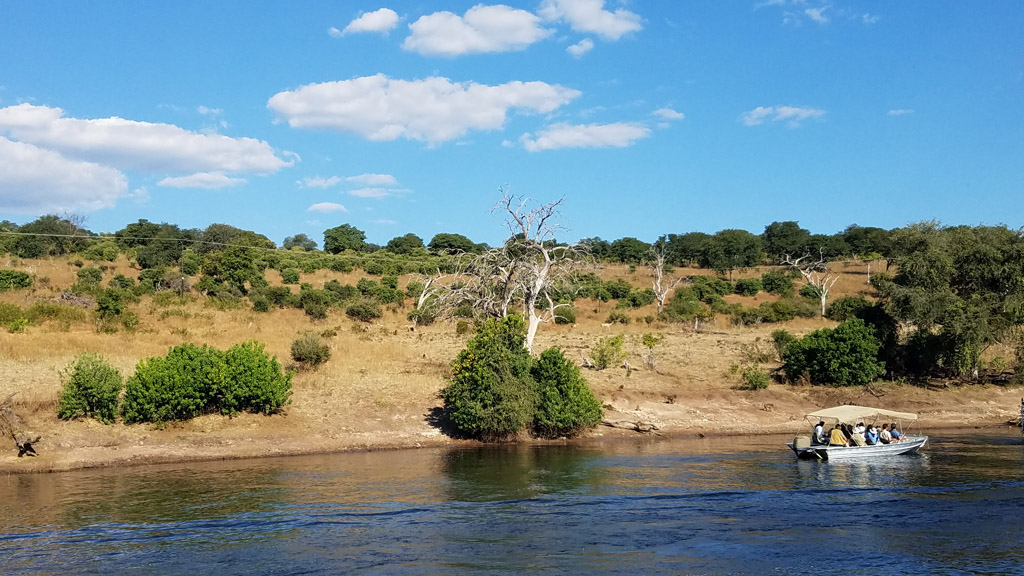

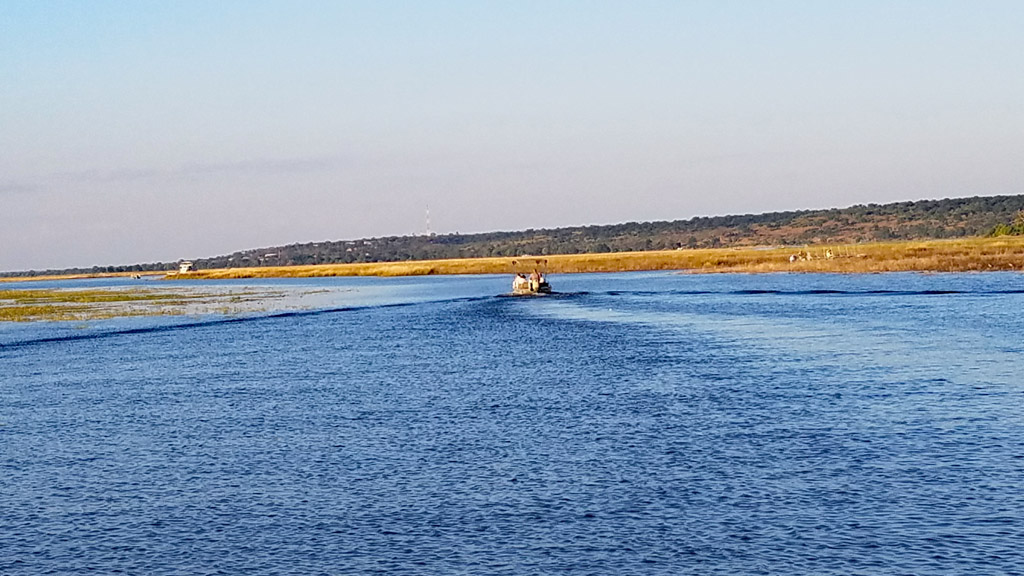

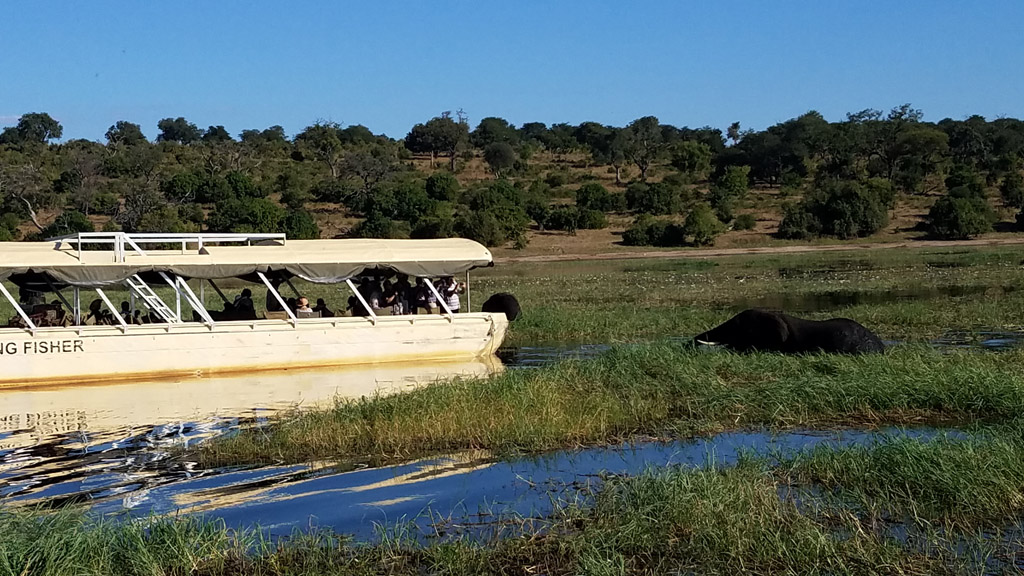

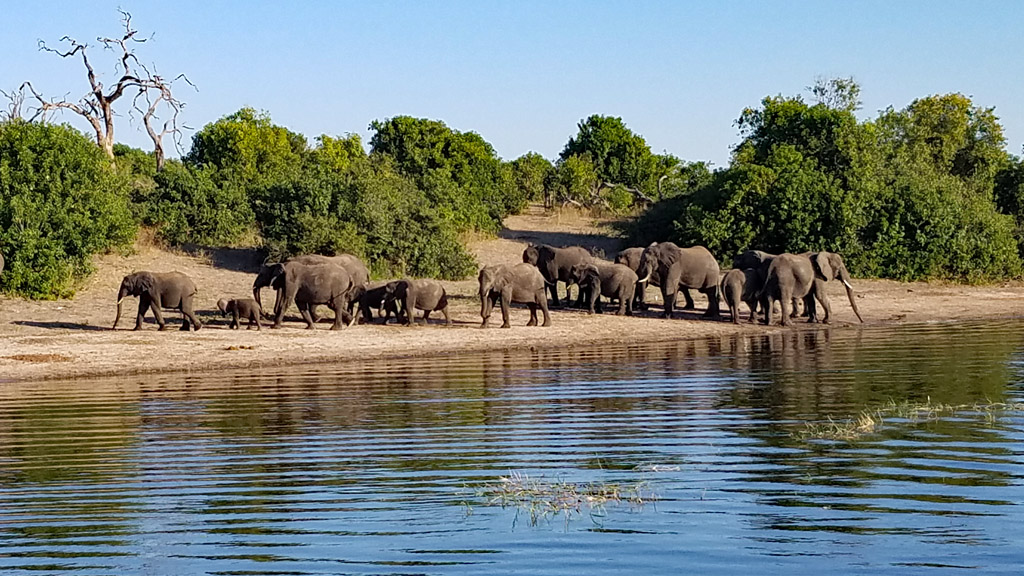

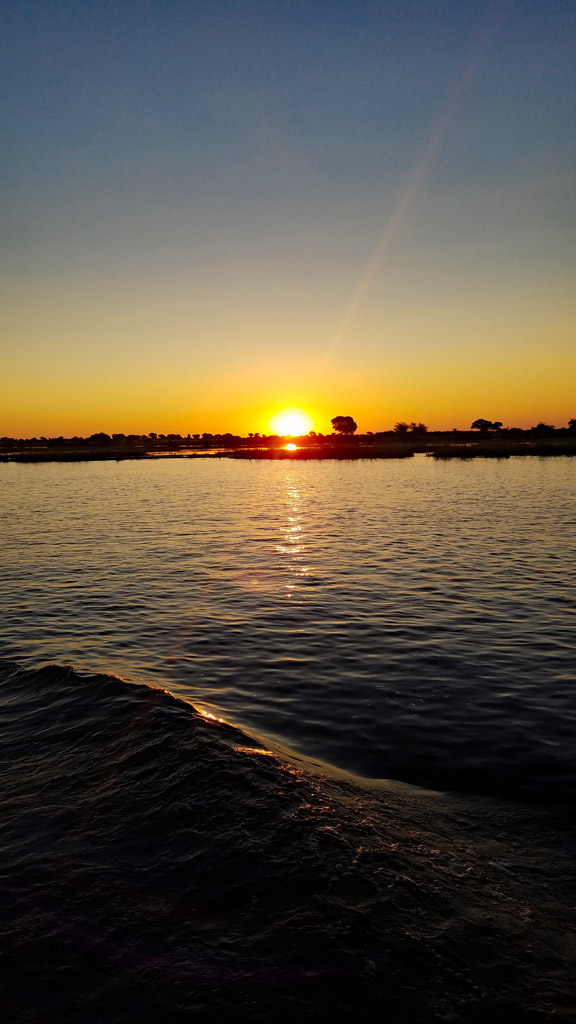

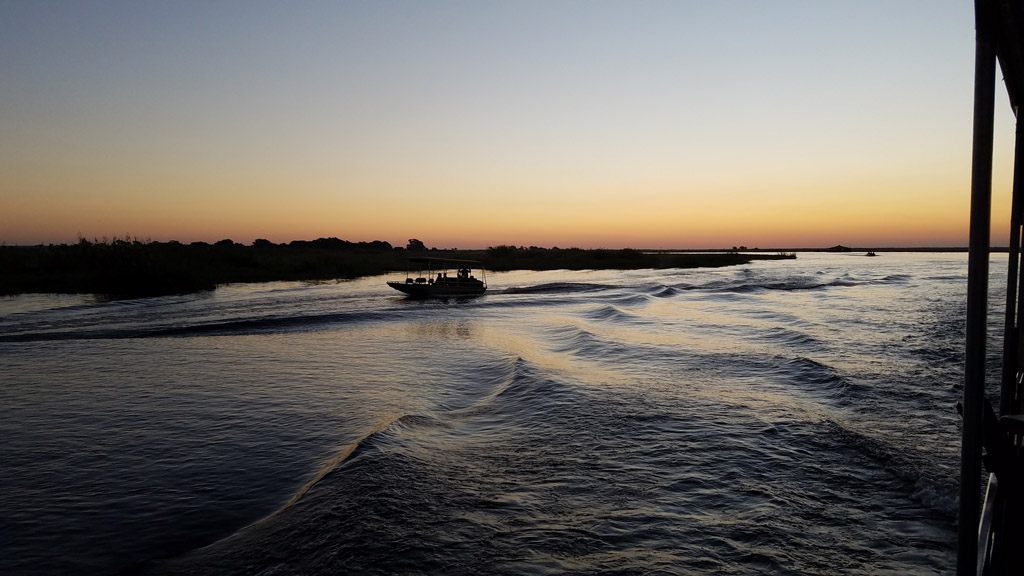

…then next day on land!
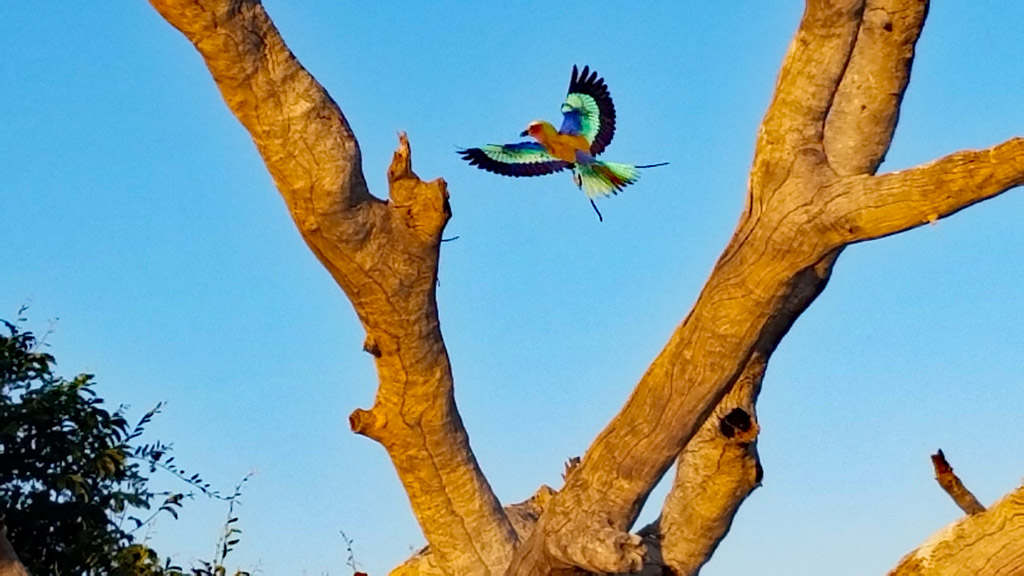

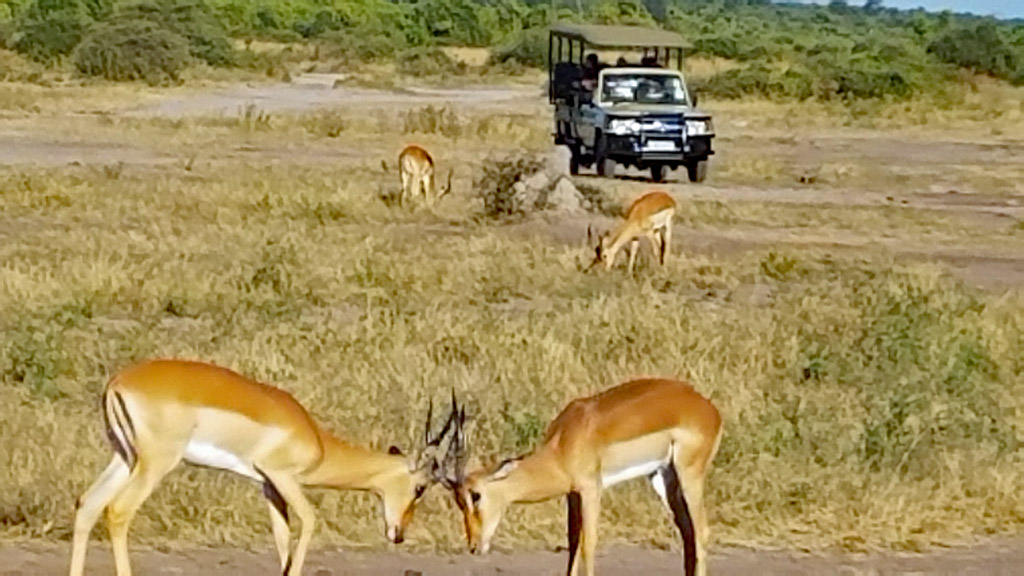

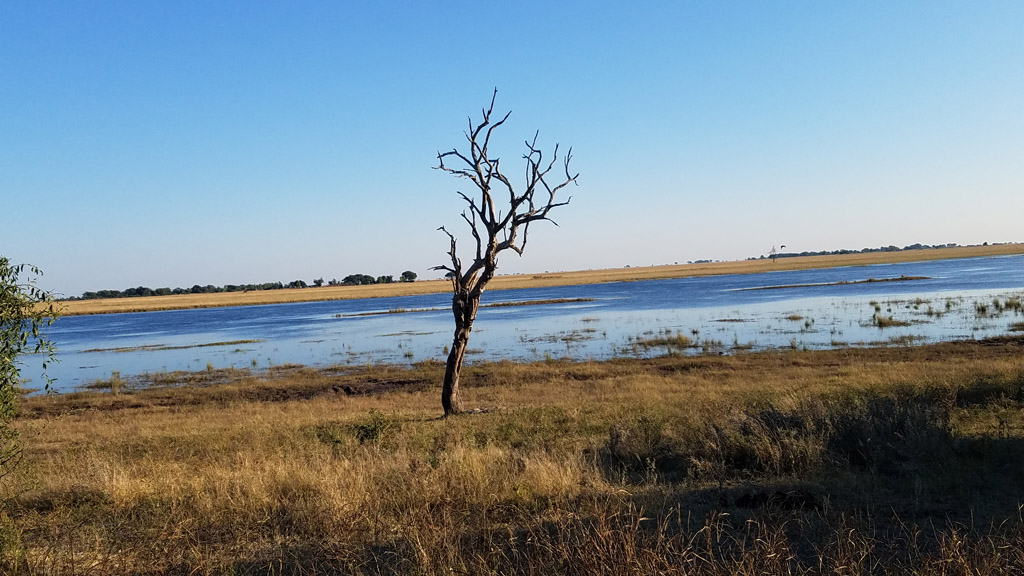

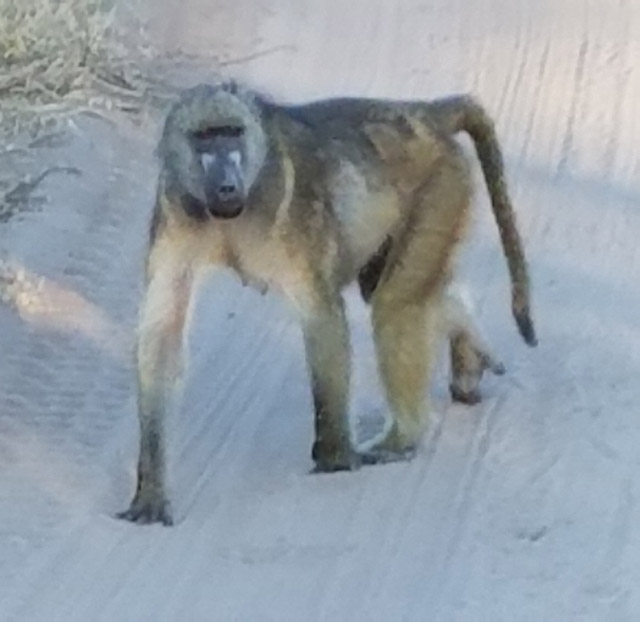

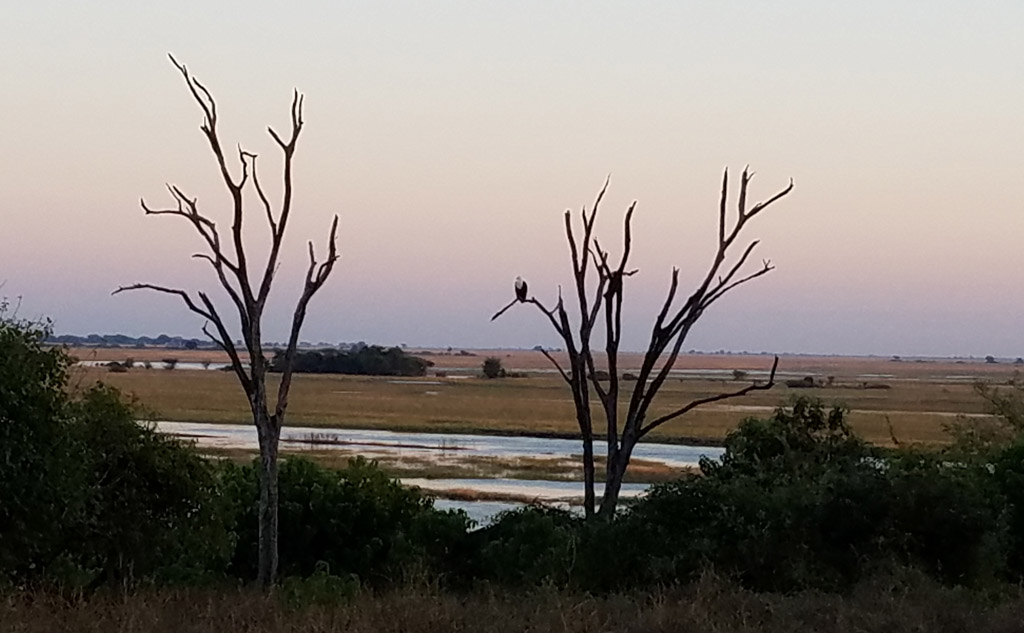

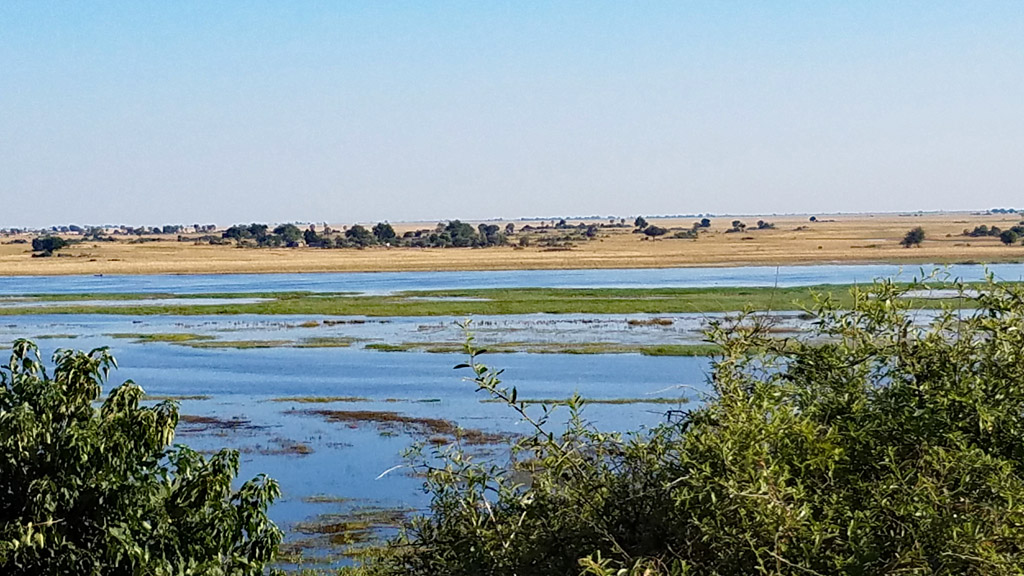

So… I did OK with my cell phone but decided to go on a special photography outing where I was supplied with my own… Canon 80D! Yep. It’s the same camera I have except it has a wide telephoto lens. I will spare the details and present these full blast!
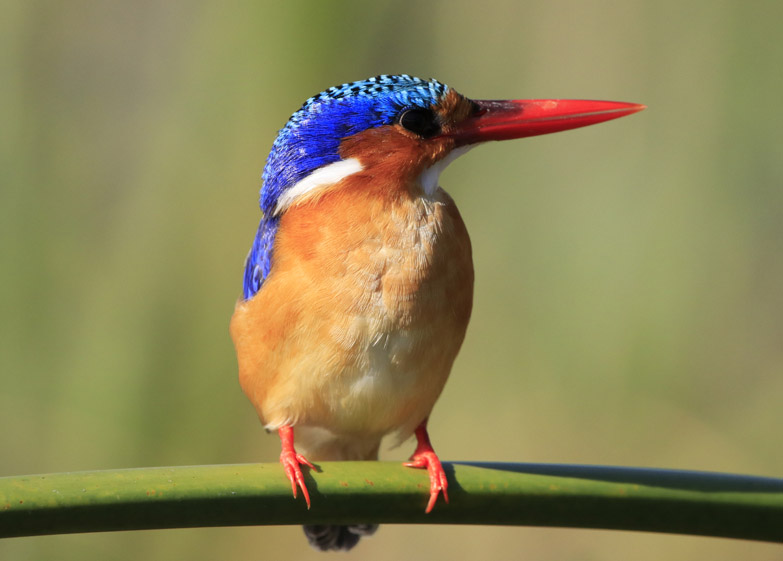

Malachite Kingfisher
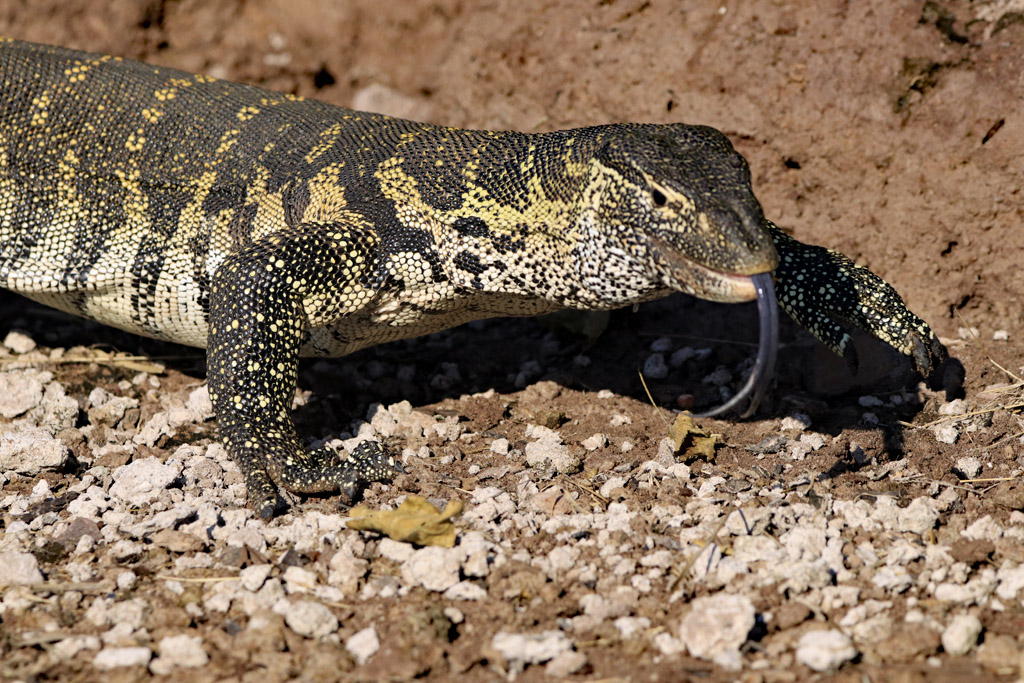

Monitor Lizard
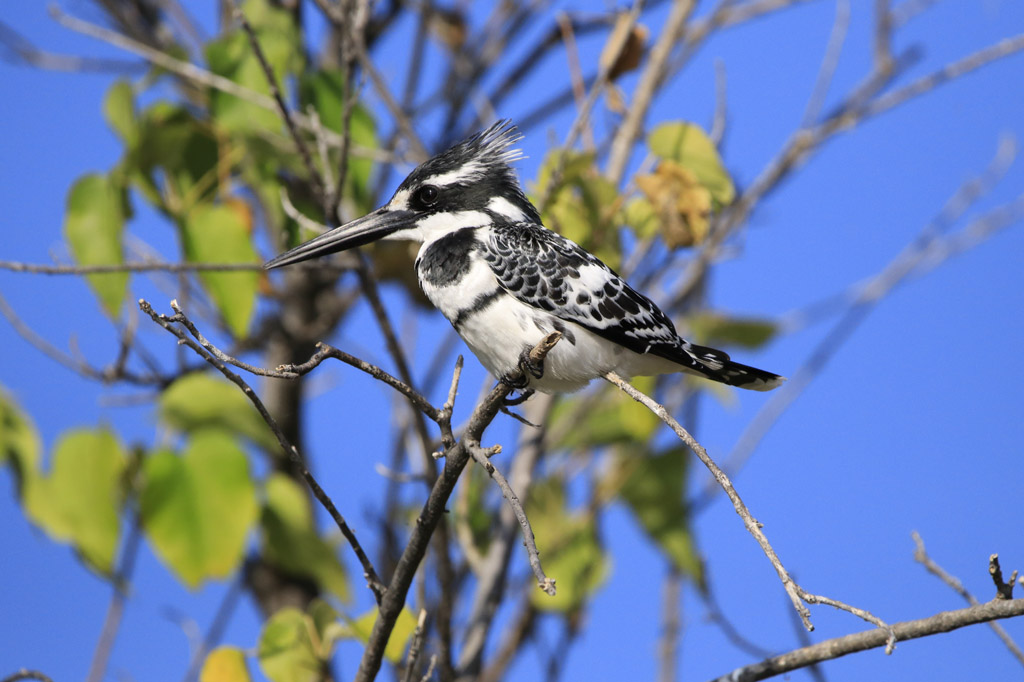

Pied Kingfisher
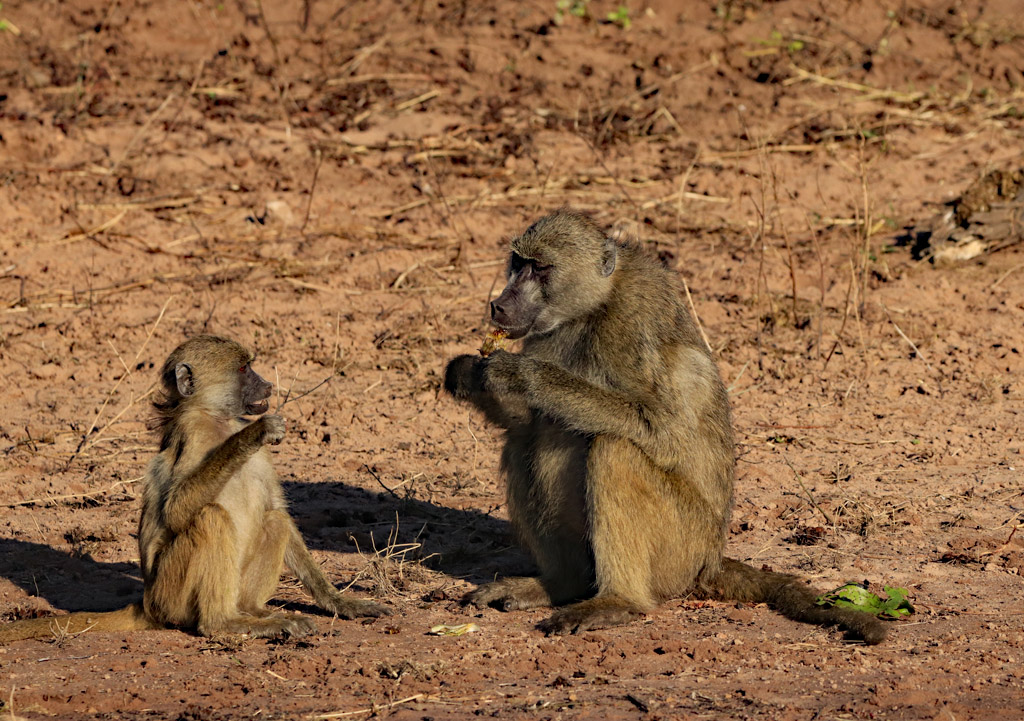

Baboons eating a piece of fruit as offspring watches
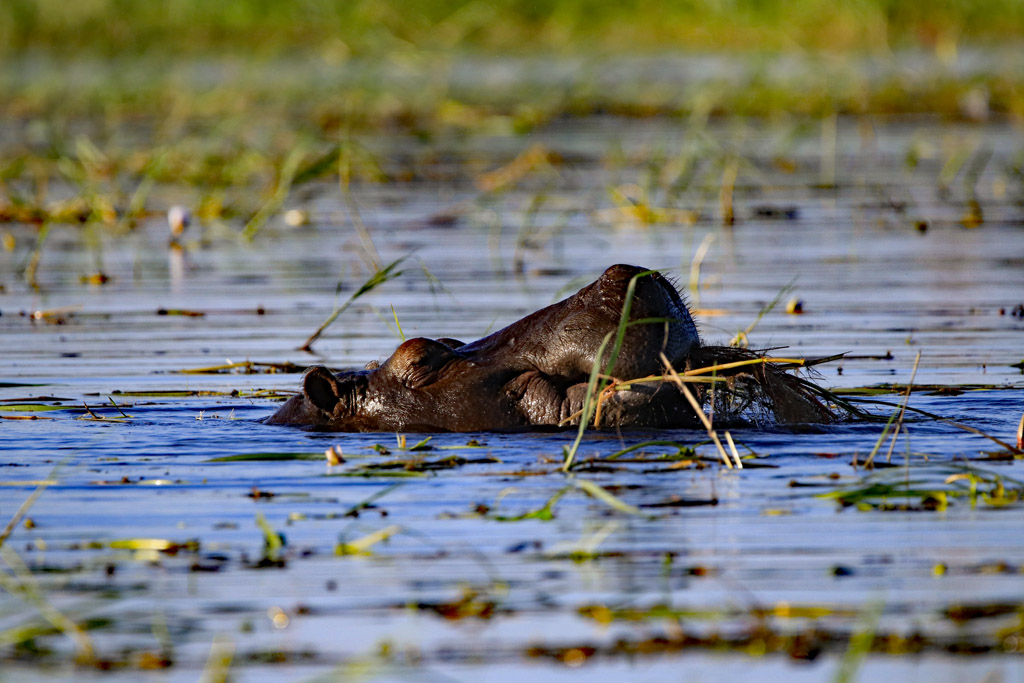

Hippopotamus
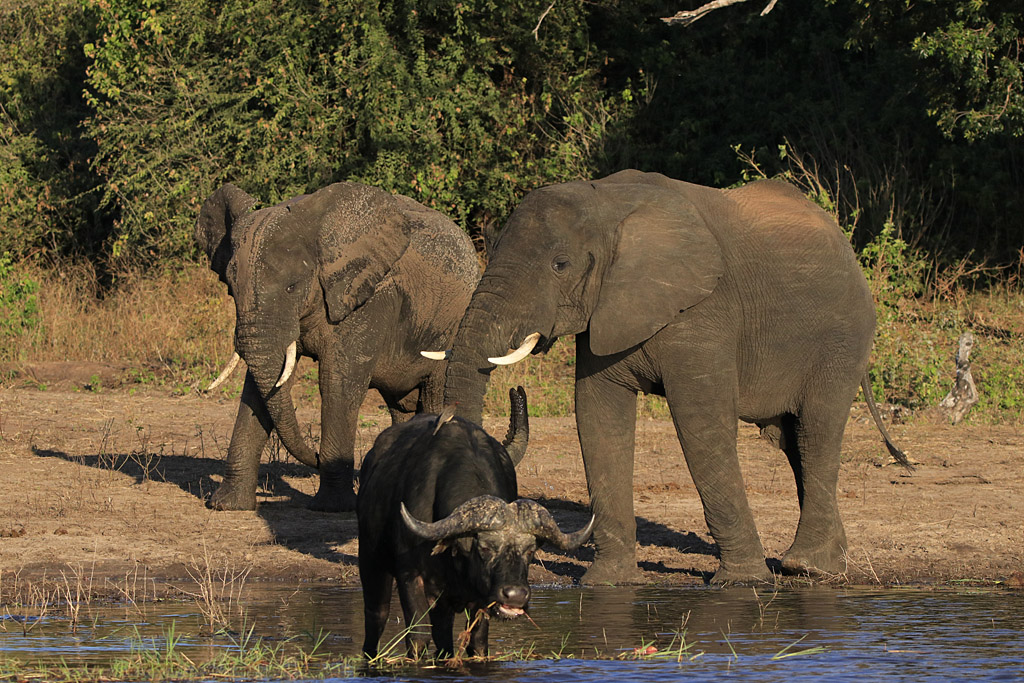

Cape Buffalo eating while elephants come to join the party
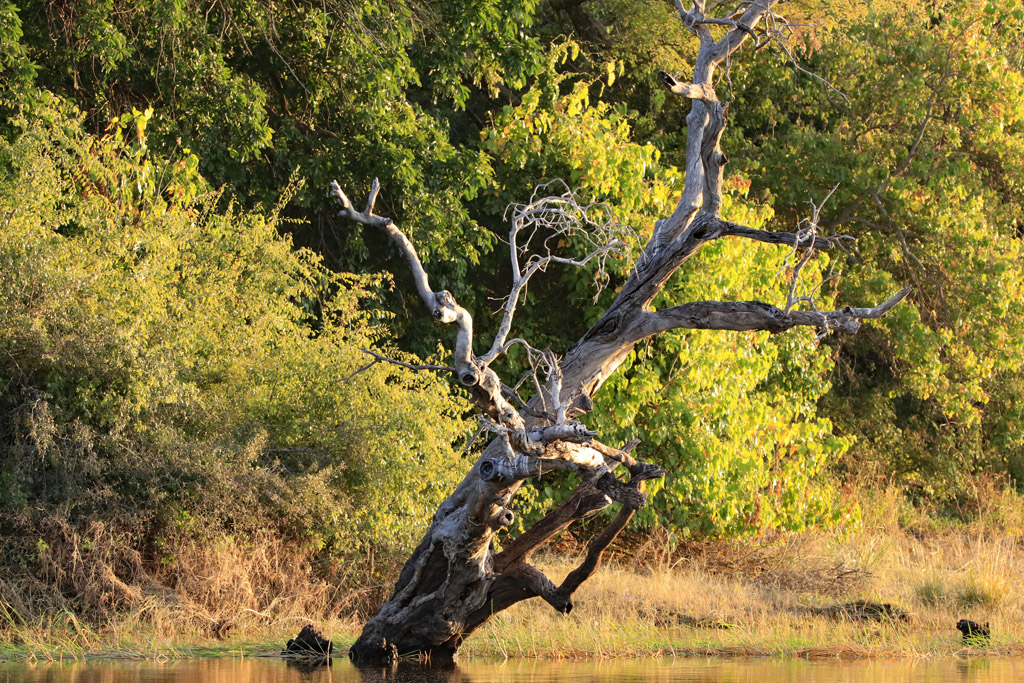

Life and death… there is even beauty in a dead tree
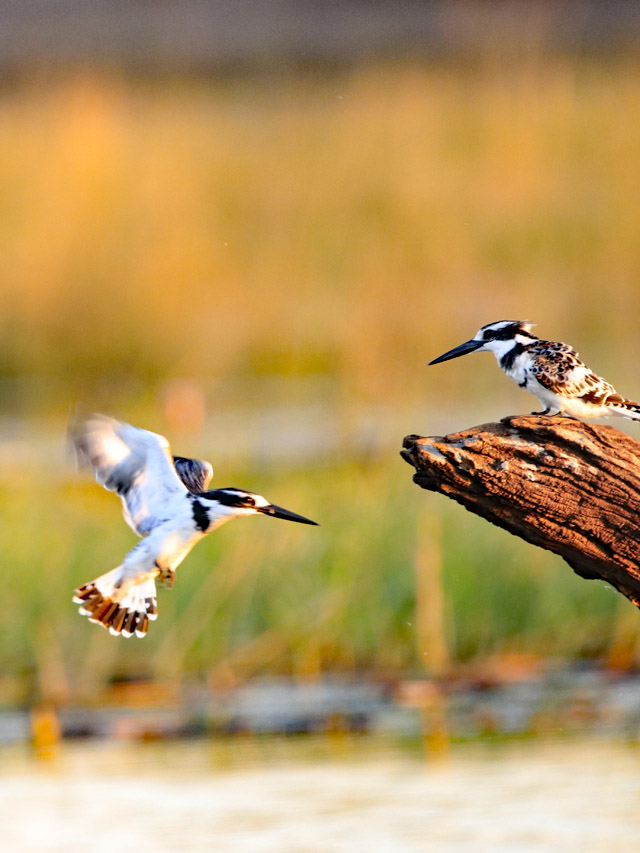





Chobe boat tour (43 photos)
Chobe land tour (29 photos)
Chobe photography tour (32 photos)







Swaziland
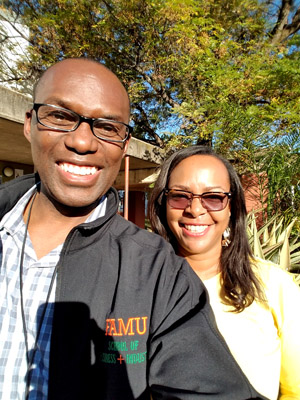

Me and FAMU colleague Dr. Annette Jackson
at the University of Swaziland
Last stop was Swaziland, a country encapsulated by South Africa, but with a unique character. Ruled by King Mswati III, an absolute monarch who has 13 wives, the small country is relatively poor but has an unbelievably well-developed road infrastructure. The landscape is dotted with mountainous terrain and winding roads, but the most redeeming quality of the small country is its people. Fortunately, we were able to visit the University of Swaziland where my FAMU colleague Dr. Annette Jackson is a Fulbright Professor. She attended a CIBER trip a few years back and was so inspired that she applied for the Fulbright fellowship.
While we did not have access to the natural landmarks, we visited a number of small businesses, small market sponsored by the Taiwanese and even the U.S. Embassy. One of the most interesting visits was to CONOCO, a Coca-Cola company that makes the syrup concentrate that the bottlers make into the fizzy stuff. What appears to be a very simple process is actually quite complicated. We were able to take a tour of the factory floor, but not allowed to take any photos.
There are intricate multilevel steps to make the trademark syrup, but perhaps the most amazing fact is that one container makes about 20,000 liters of the product. Also impressive was the variety of syrups available for the different drinks. With a little bit of calculation, it is evident that the amount of profit for the bottlers is tremendous! Back in 2010, I visited a Coca-Cola bottling plant in Nairobi, Kenya and saw how the product was made from the syrup. Quite a marvelous exercise in chemistry. The resulting drink has captivated billions around the globe.


Beautiful baskets from “Gone Rural” shop
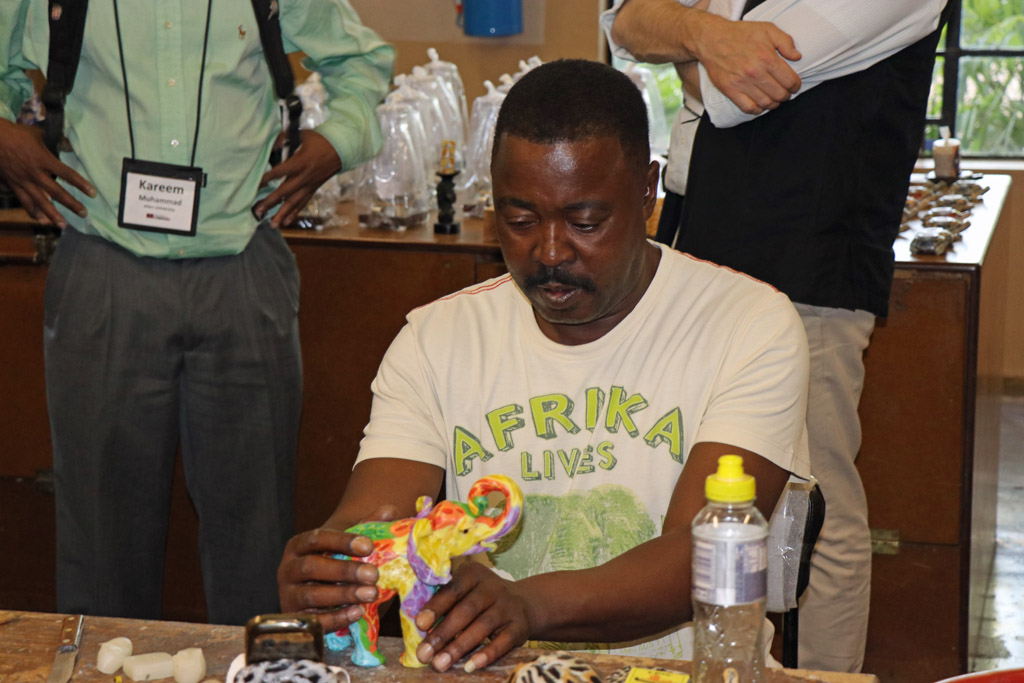

One of the hundreds of stunning candles being made in
the Swazi Candles Craft Centre
Another remarkable thing about Swaziland is the incredible amount of talented artisans. I saw some of the most stunning baskets, glass art and candle-making in my life. These are products you’d see in places like World Market or retail stores featuring exotic imports. We also got to see an inspiring dance performance at a replica of a village. It was a poignant look at the hierarchical rules of the community including polygamous arrangements and line of succession.
So here is the last batch of photos. They illustrate the vision of society showing the determination and hope of a people… looking for something better each day.
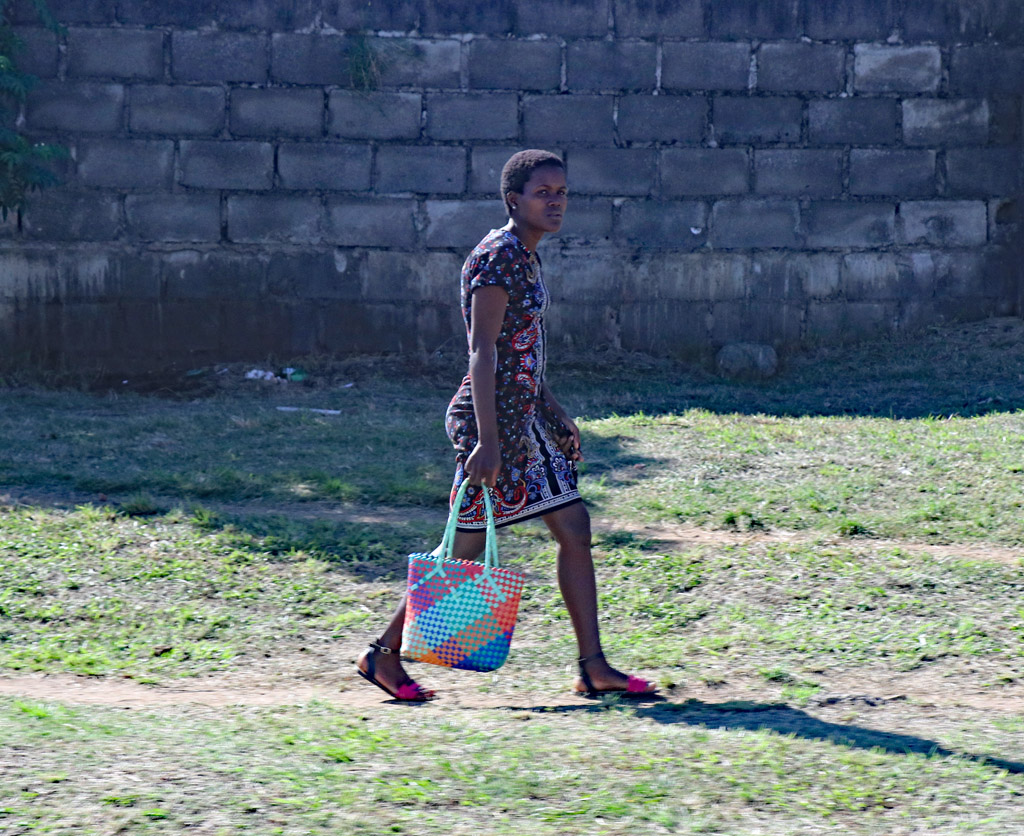

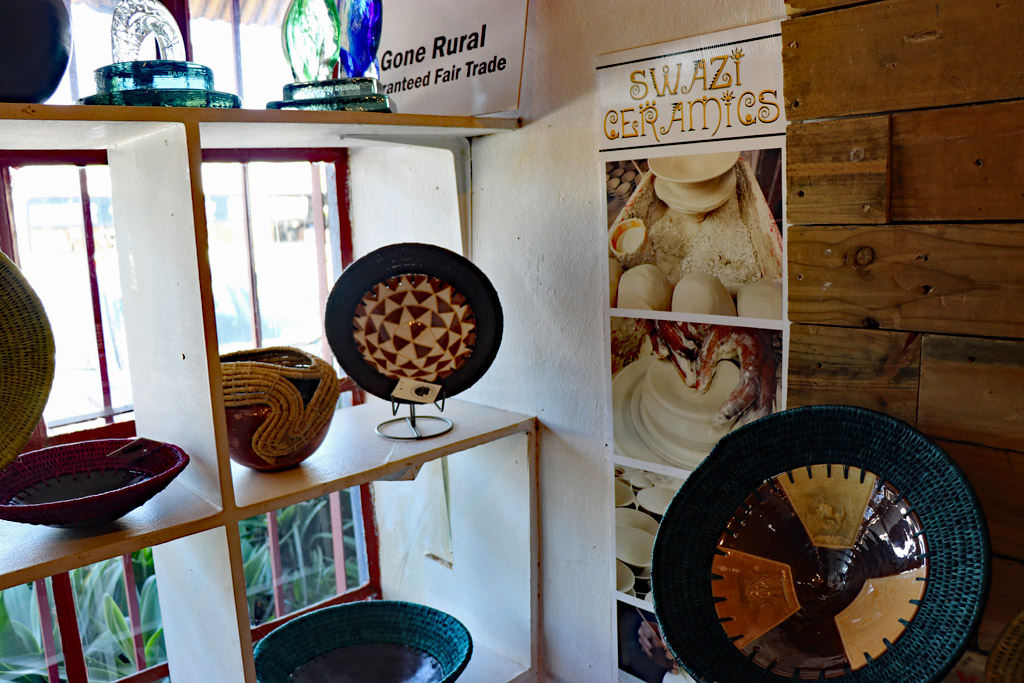

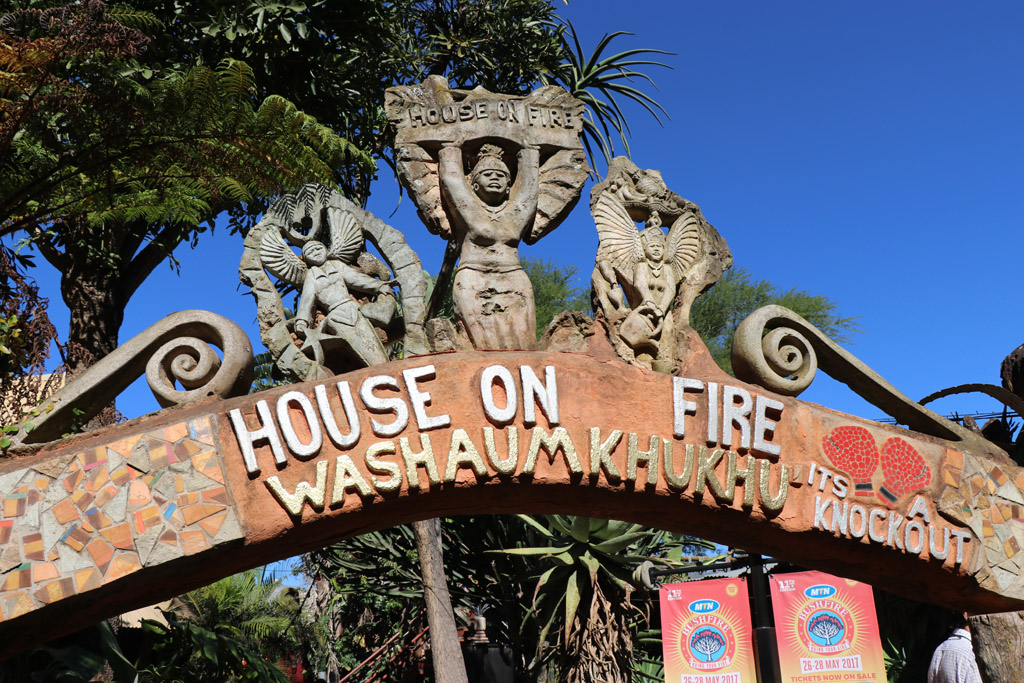



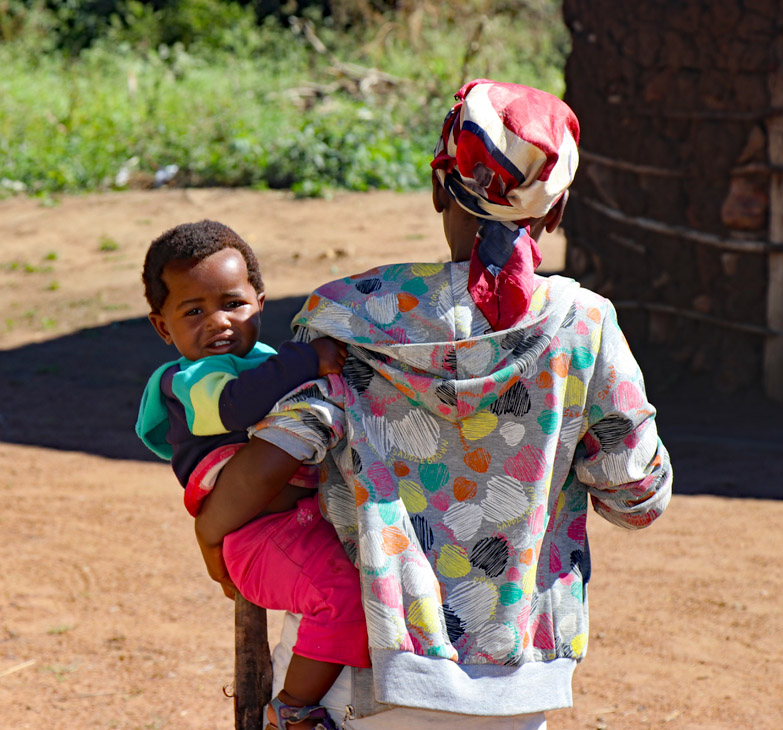





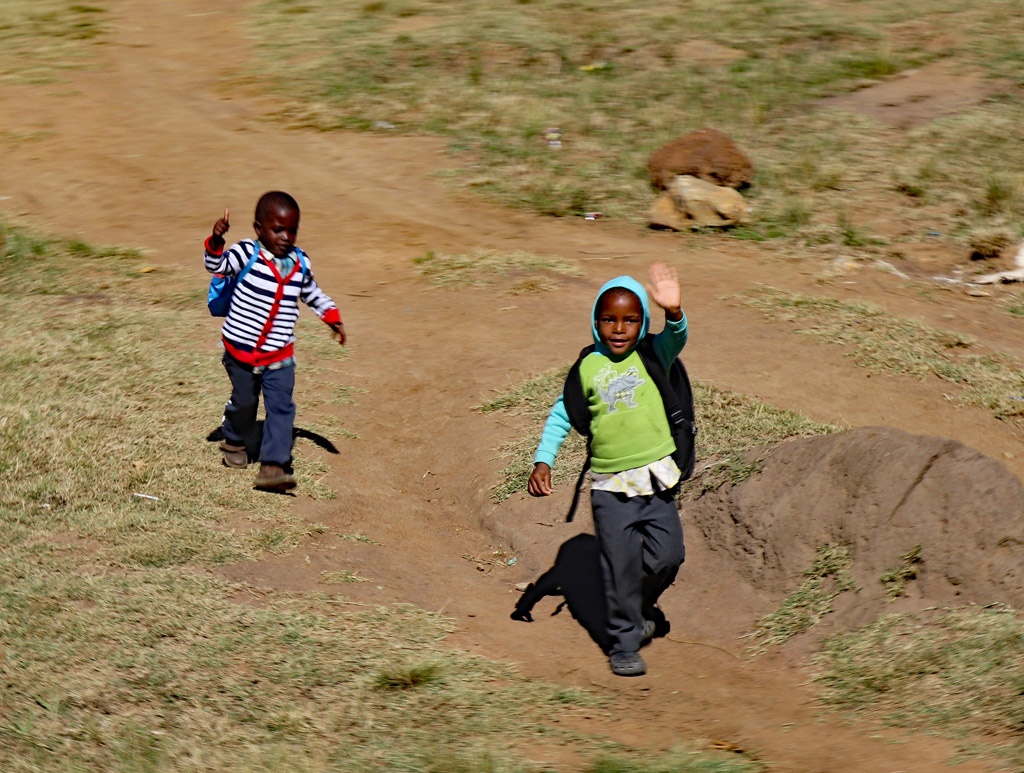

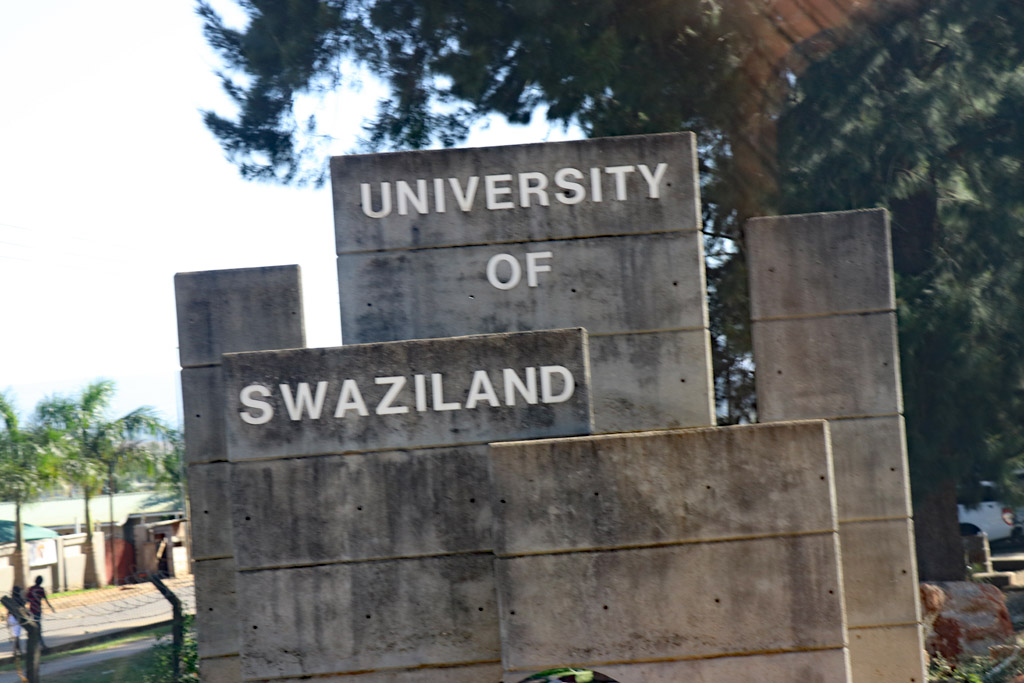



In conclusion, I traveled to five African countries in two weeks. It was at a breakneck pace, but I was able to take perhaps hundreds of photos to document this trip. More importantly, I will be able to share them with my students, family and friends. So you may ask, “What is the ‘Chess Lens’ Daaim?” Apart from being able to get both “Africa” and “Chess” in the title for searching purposes, I believe it is clear to say that I viewed Africa with a very strategic eye. I tried to capture the authenticity, the beauty, and the character while leaving enough for curiosity to explore further. As for my chess audience, if you were patient enough to get through the entire article, you may be inspired to travel to Africa, enjoy its natural beauty, and play some chess there!
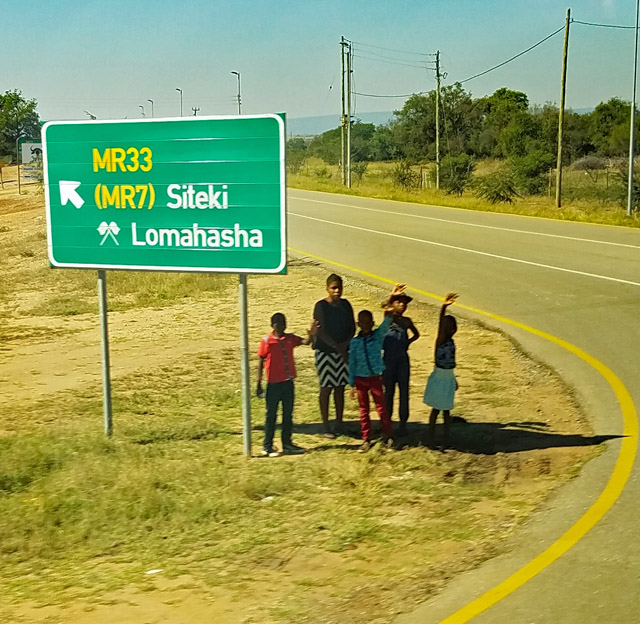

Goodbye!
Swaziland (125 photos)








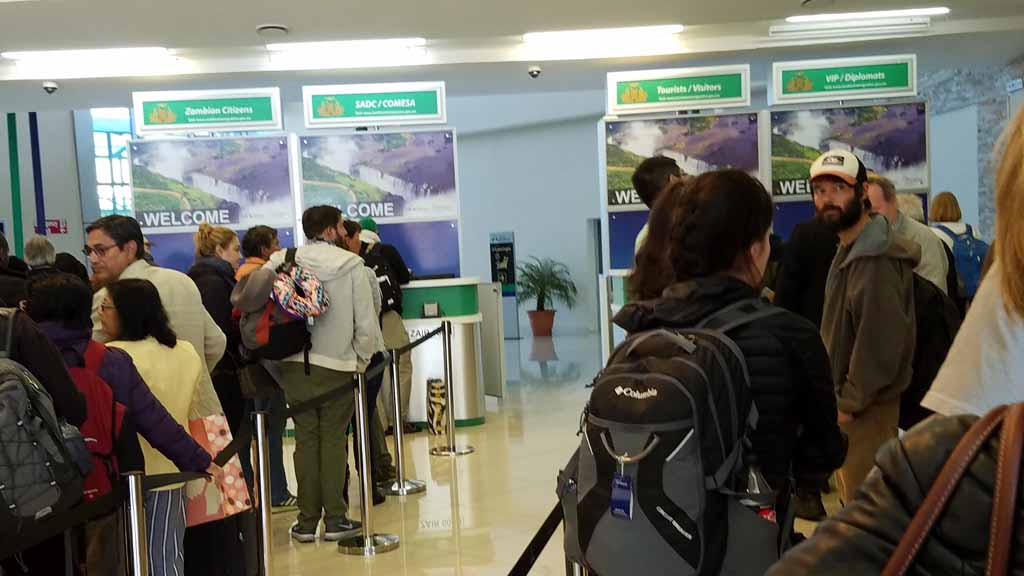
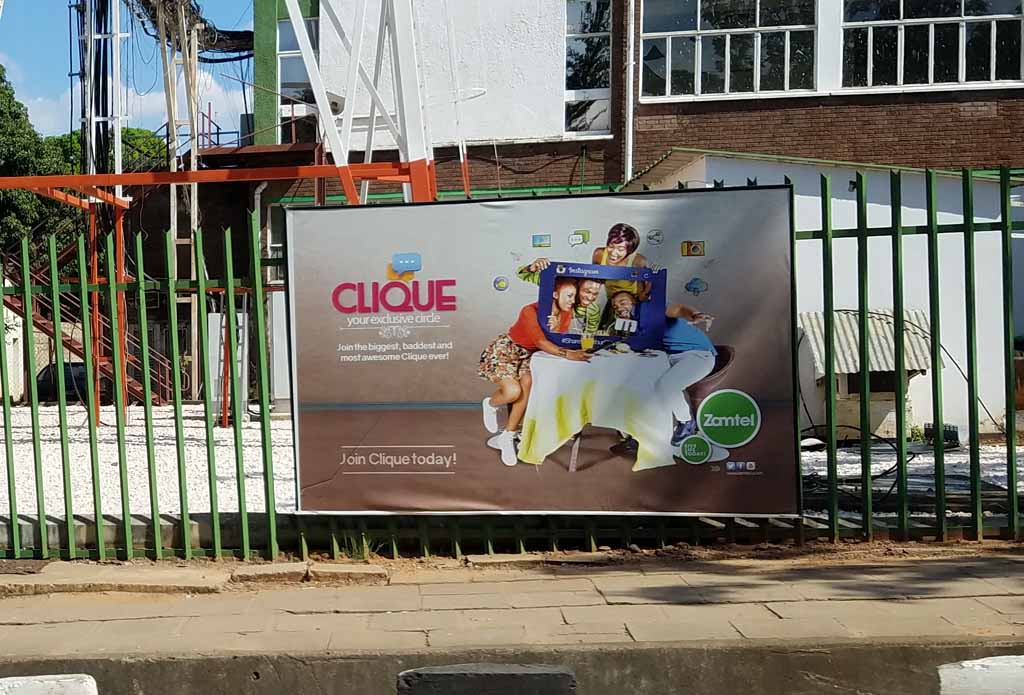

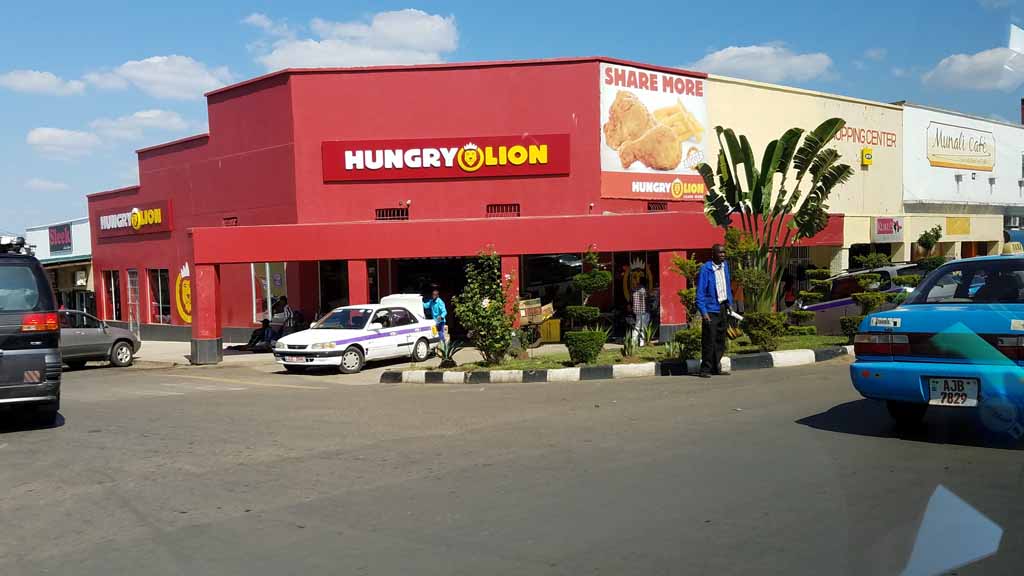
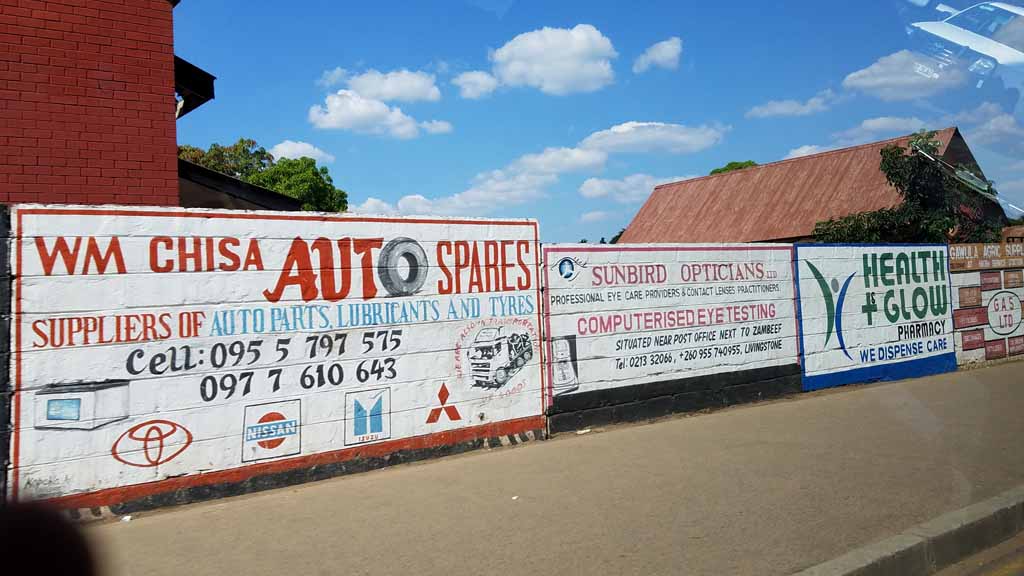
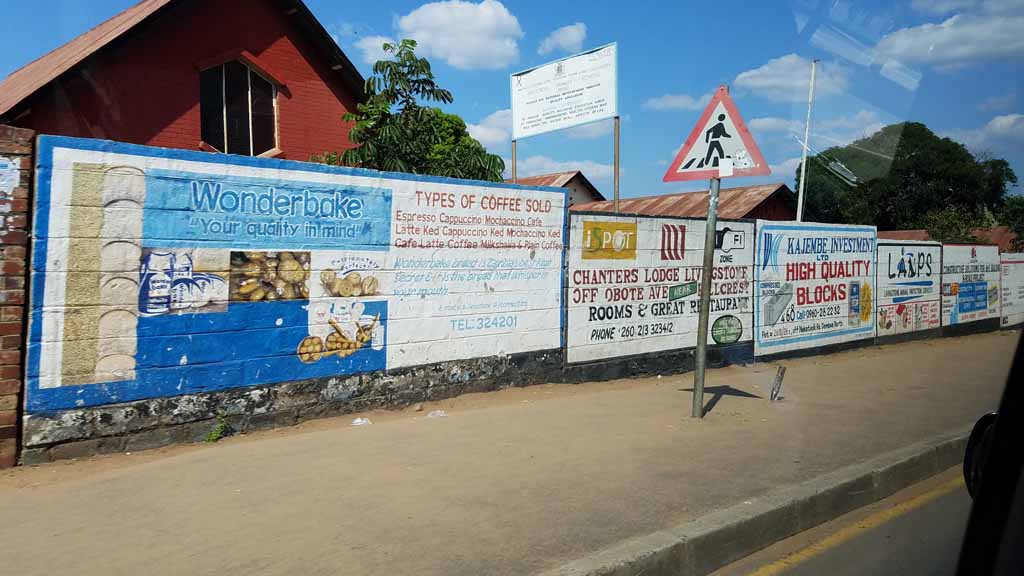
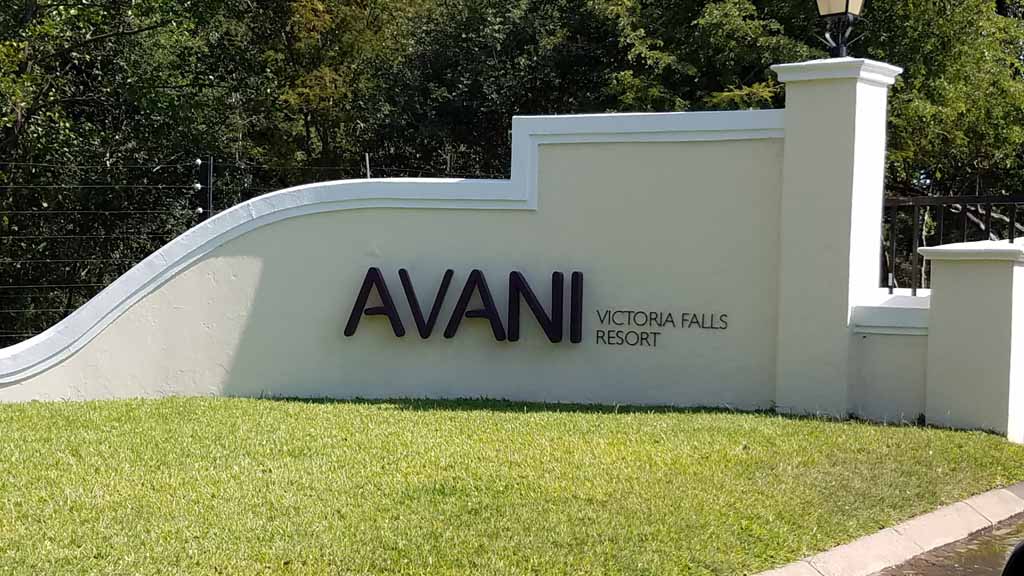
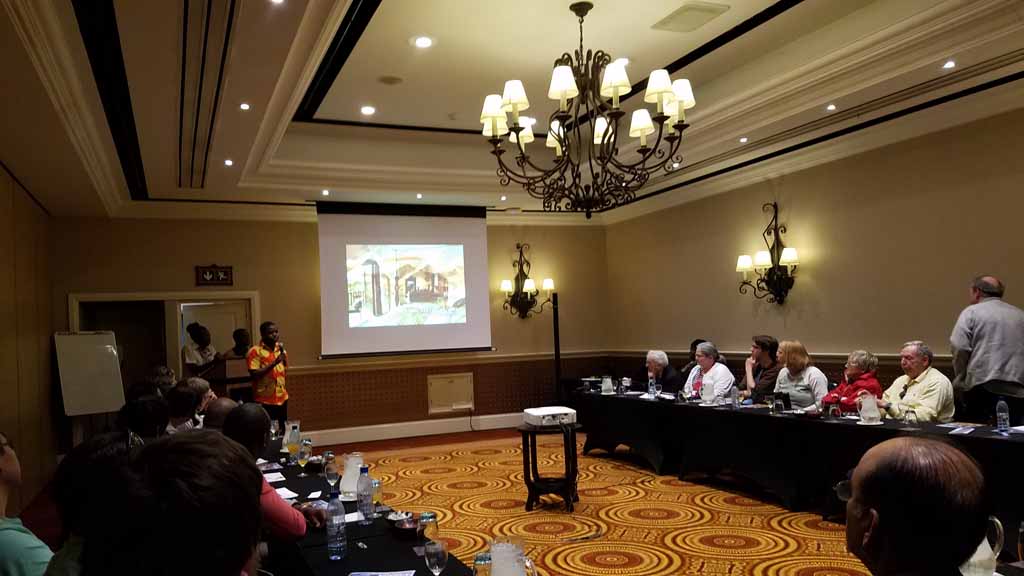
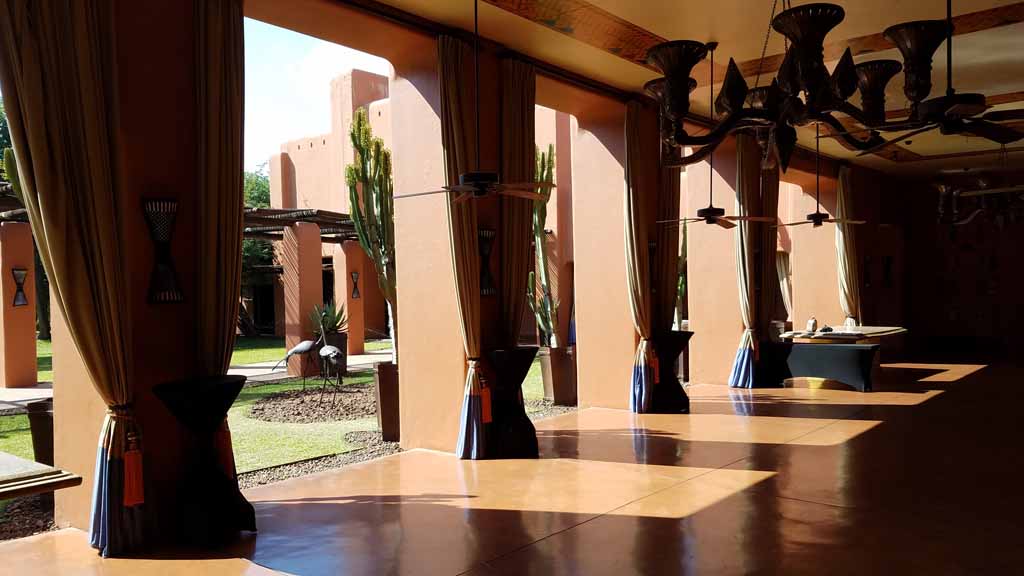
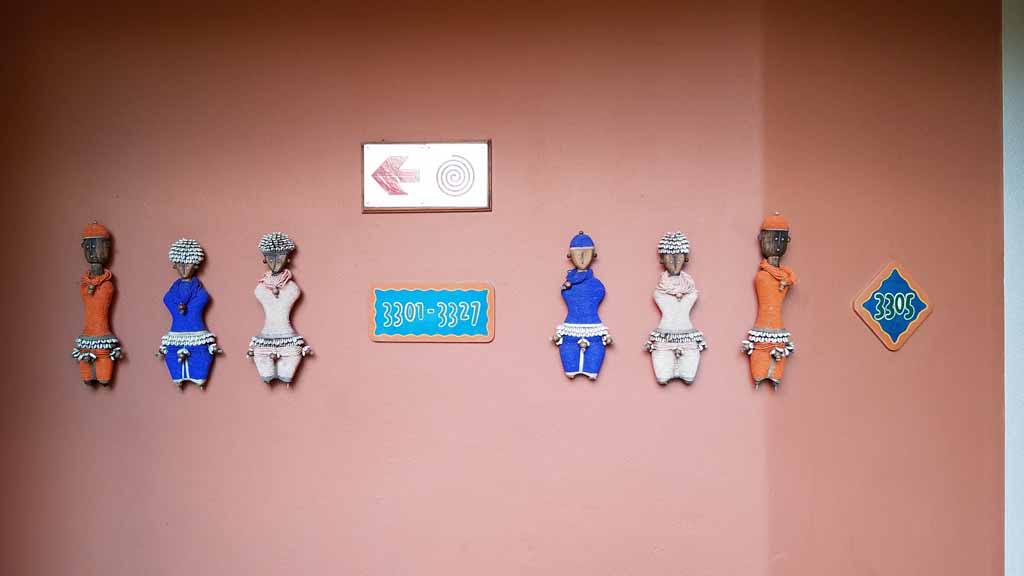
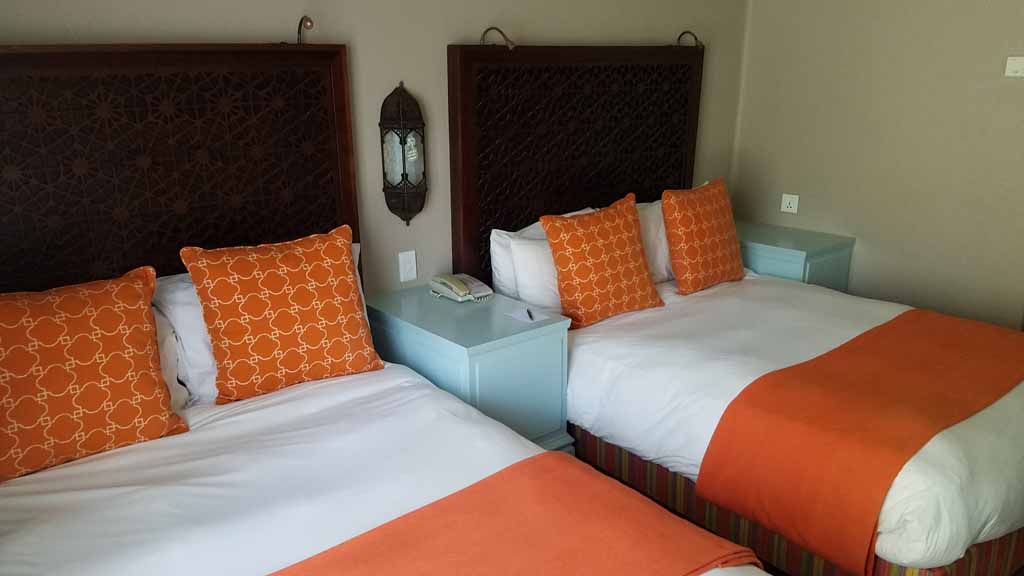
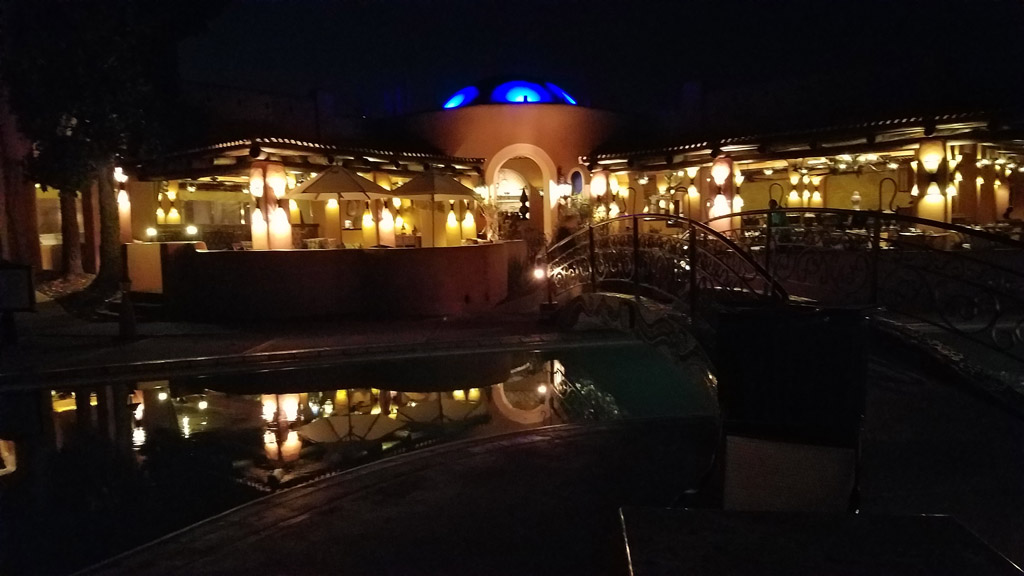
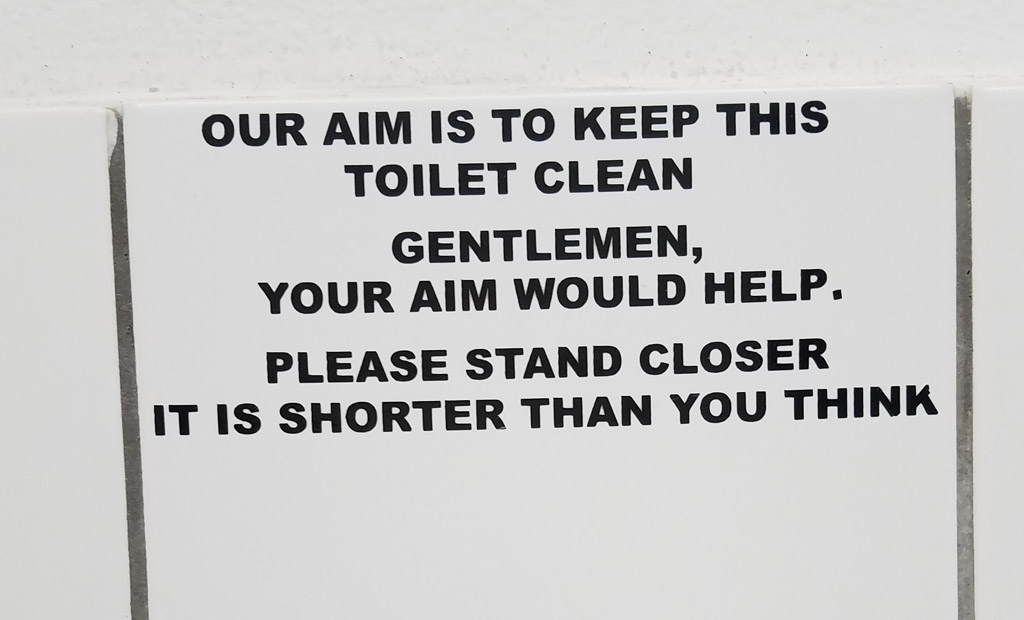



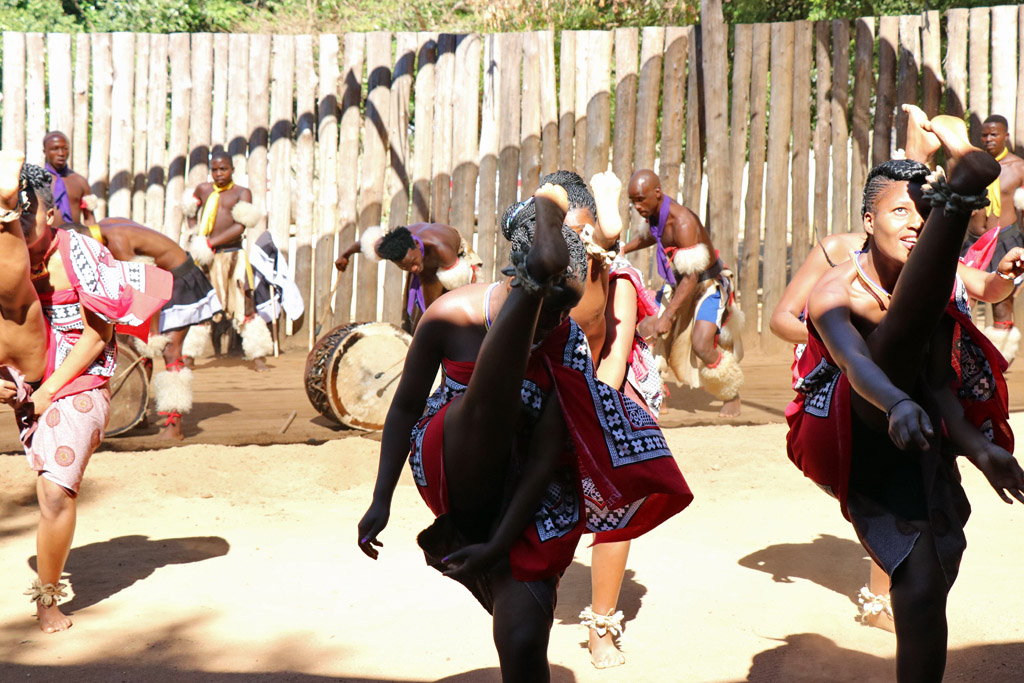
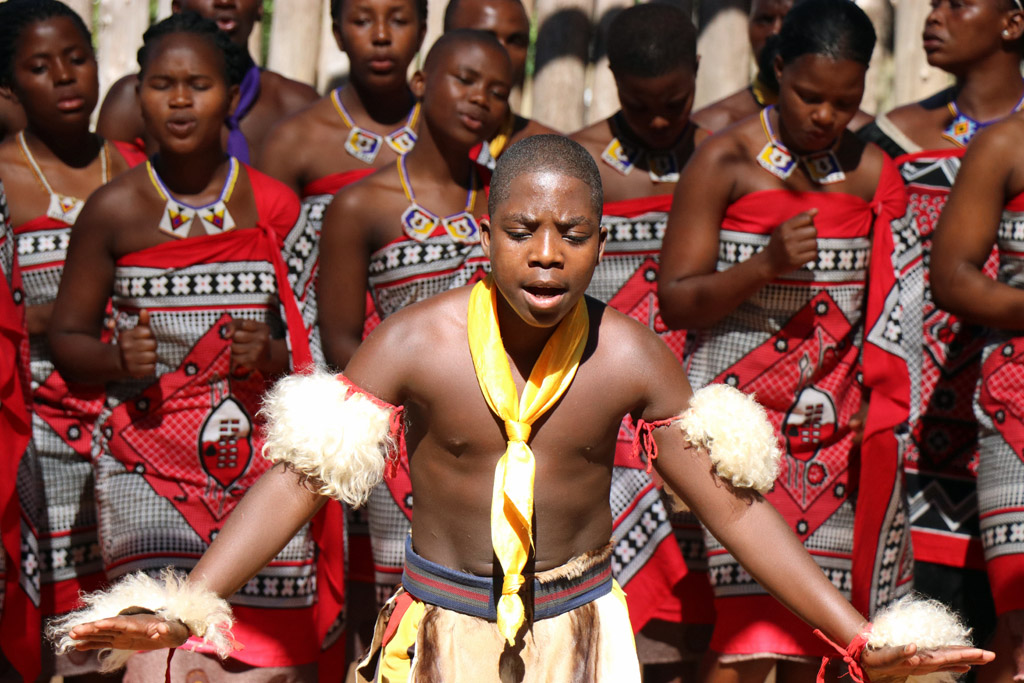

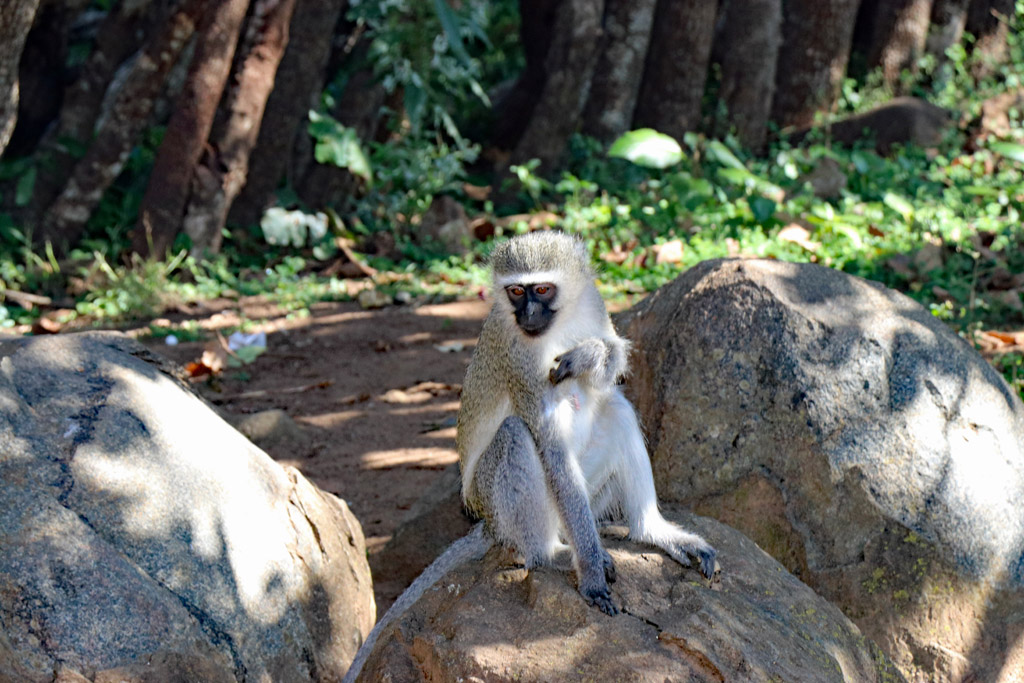



Beautiful and inspiring! Thank you!
Seems like an awesome experience.
It was. Africa has 54 countries and they are all very different. Each has its own challenges and own charms. The people are endearing. However, in some African cities, you will note the same aggressive manner that you’d find in a western city.